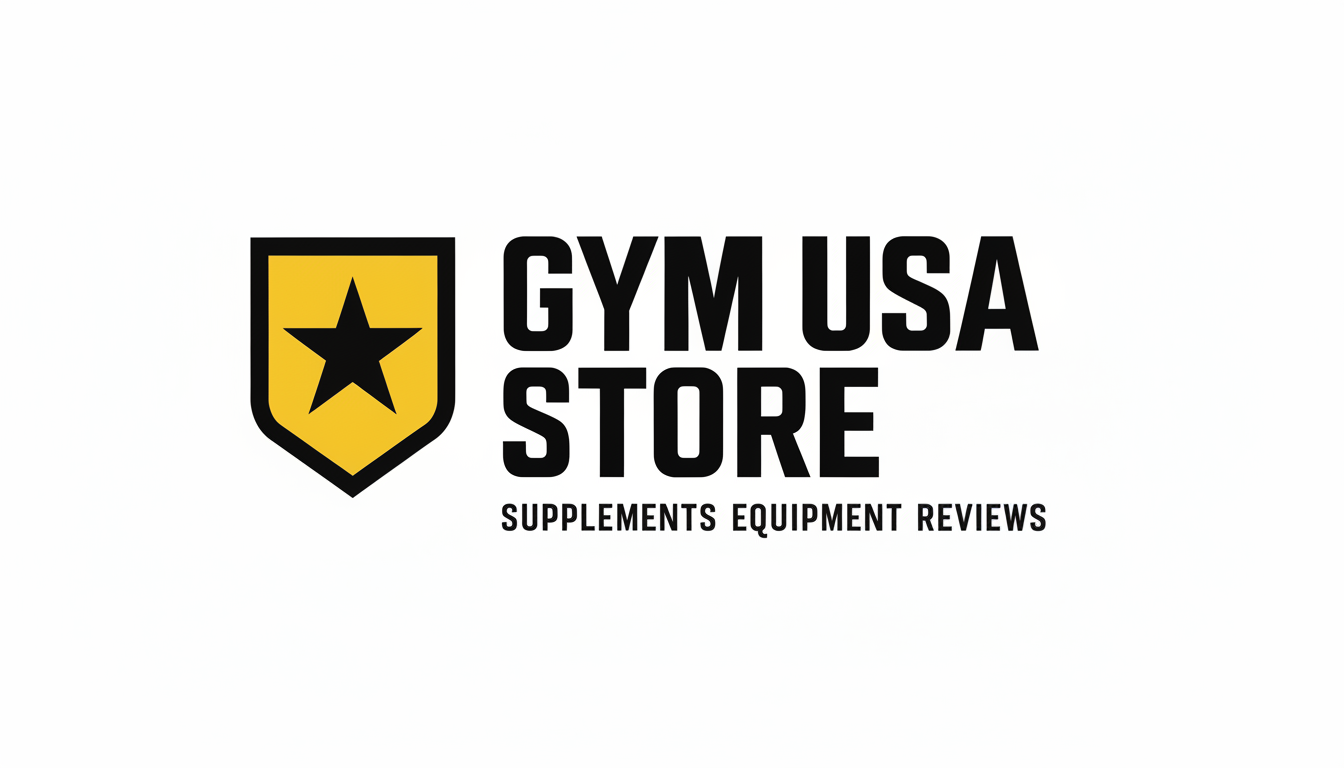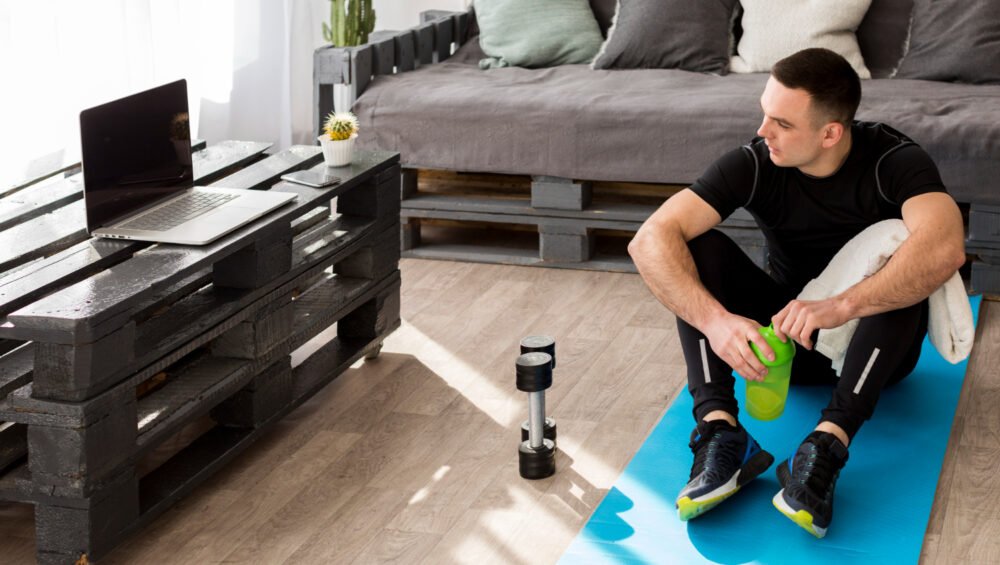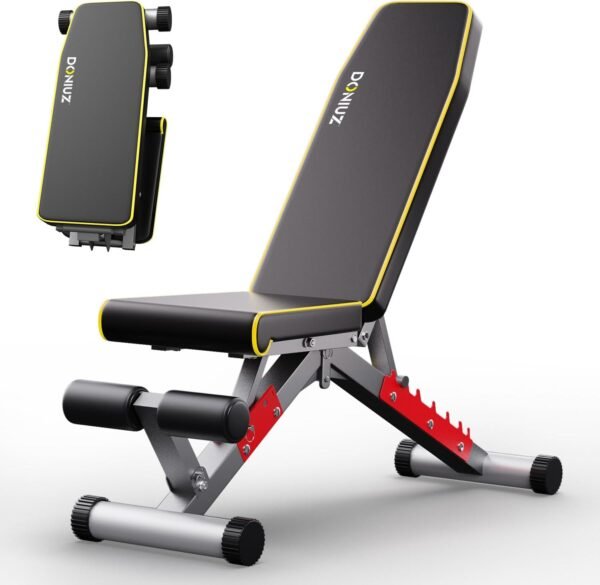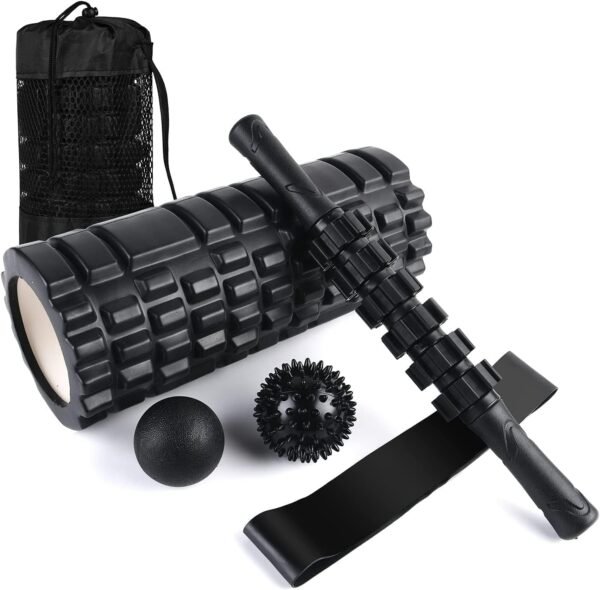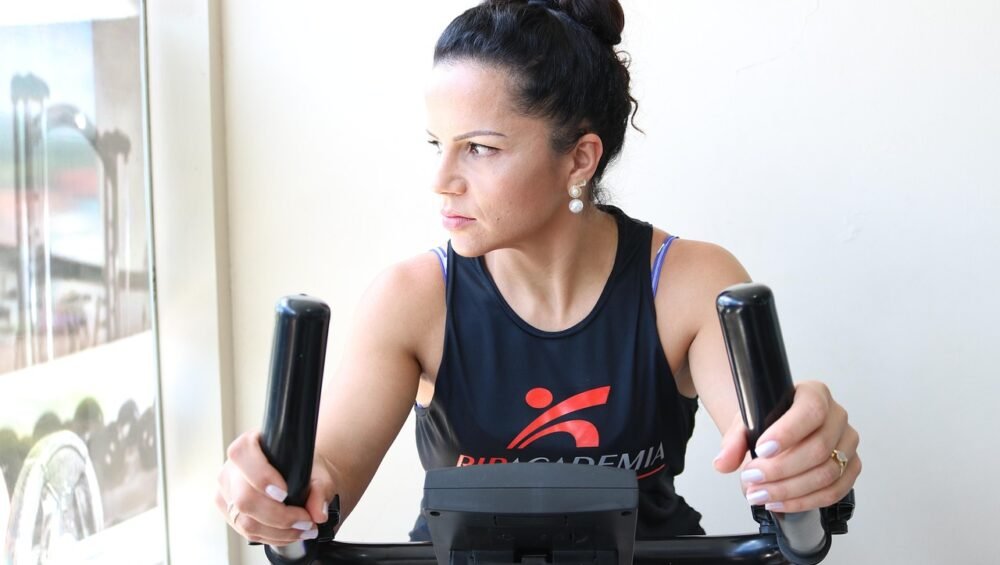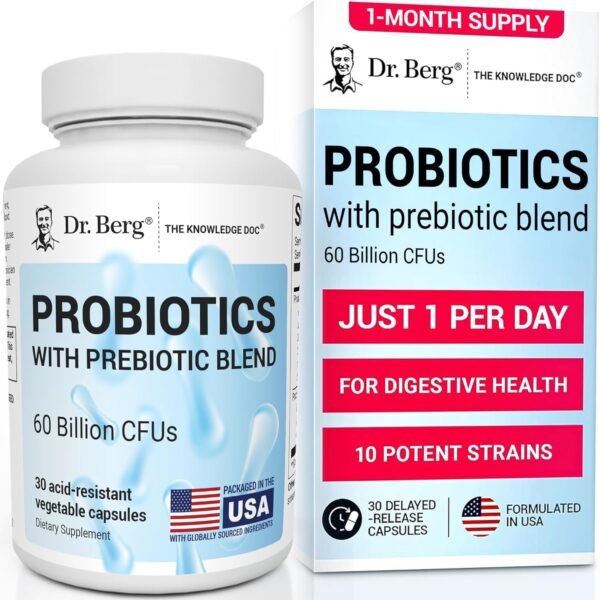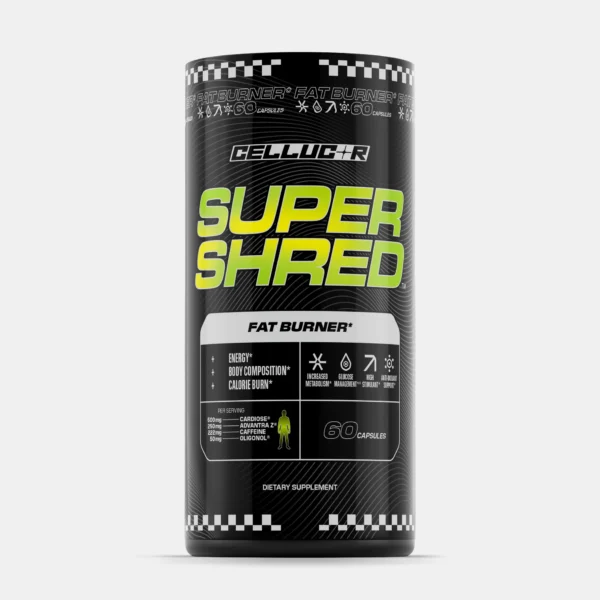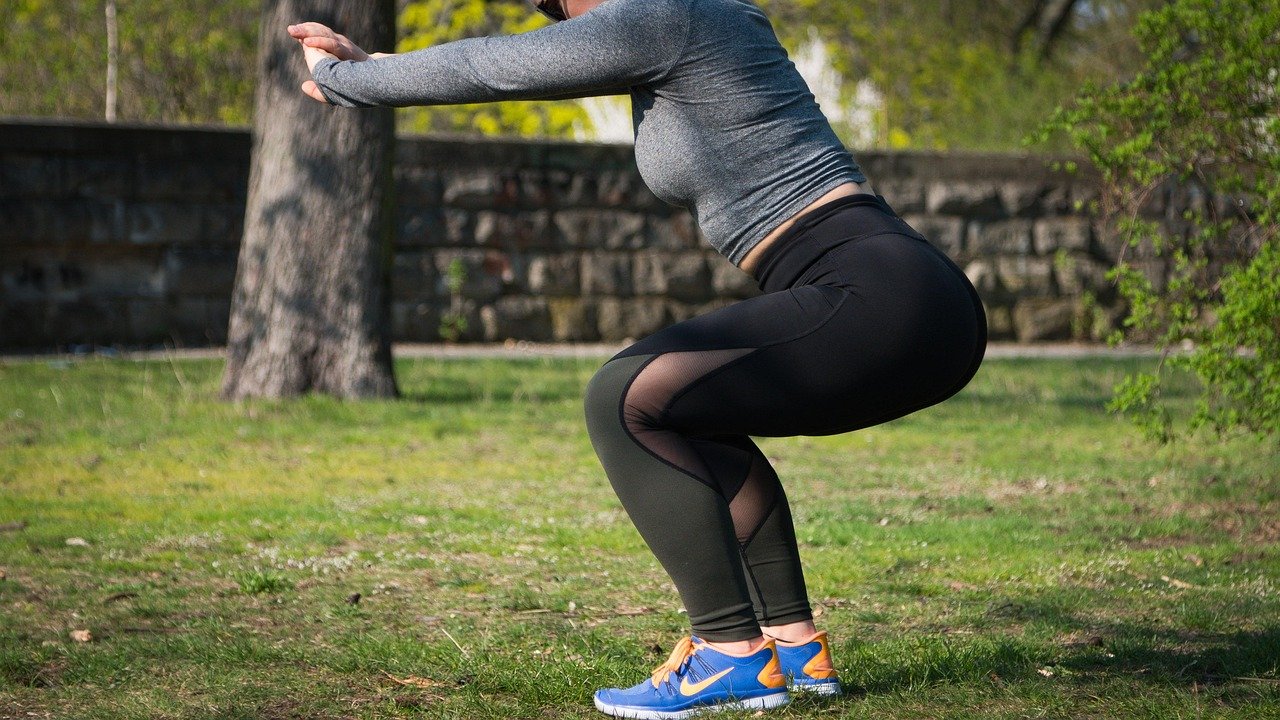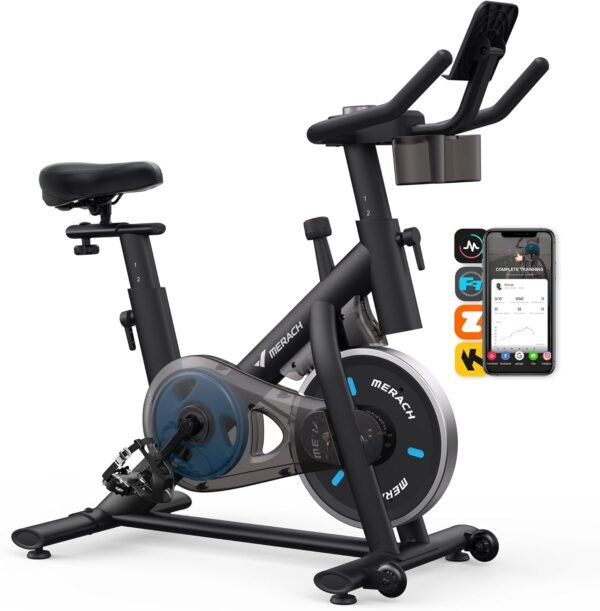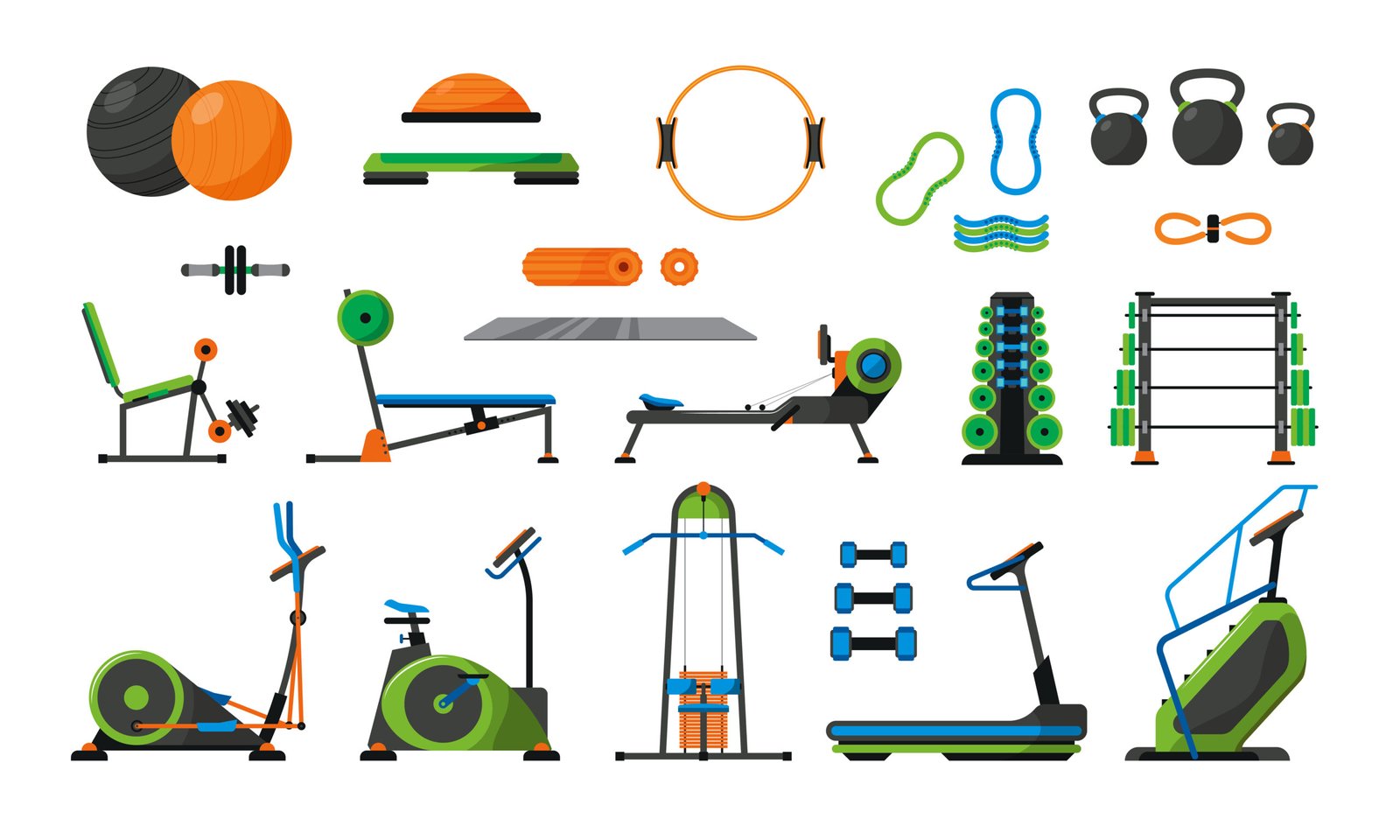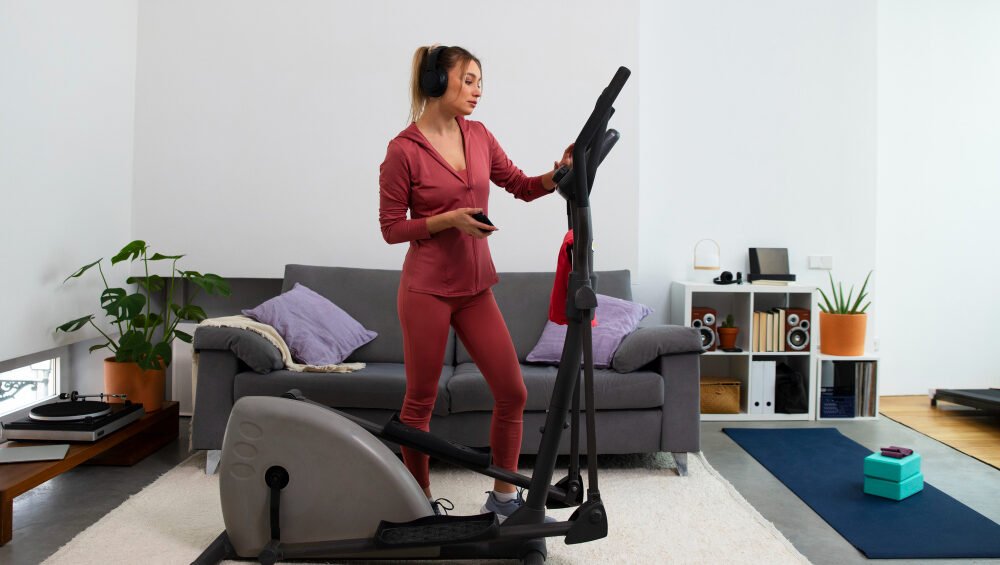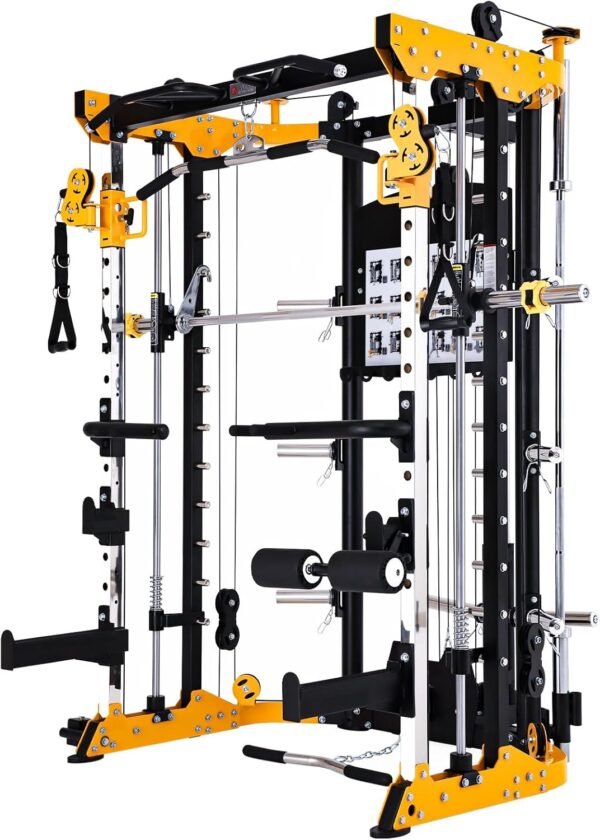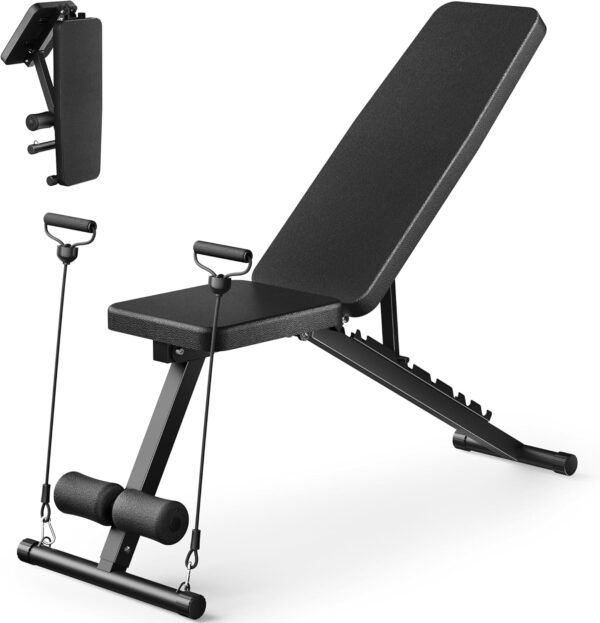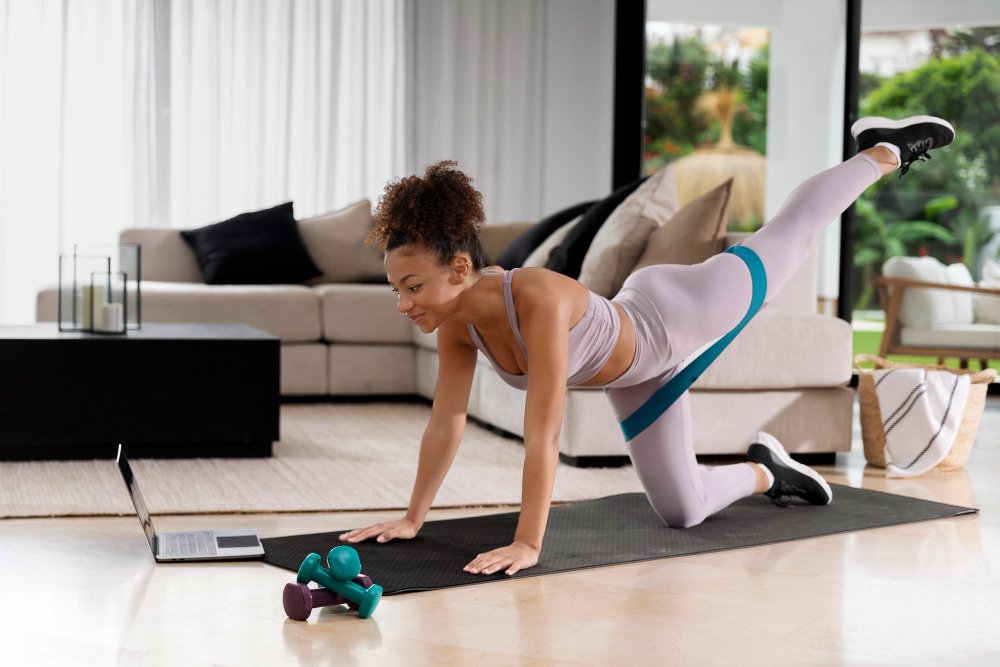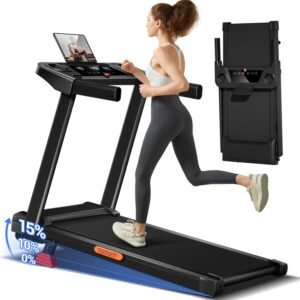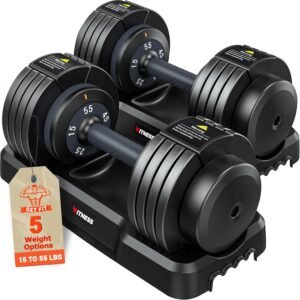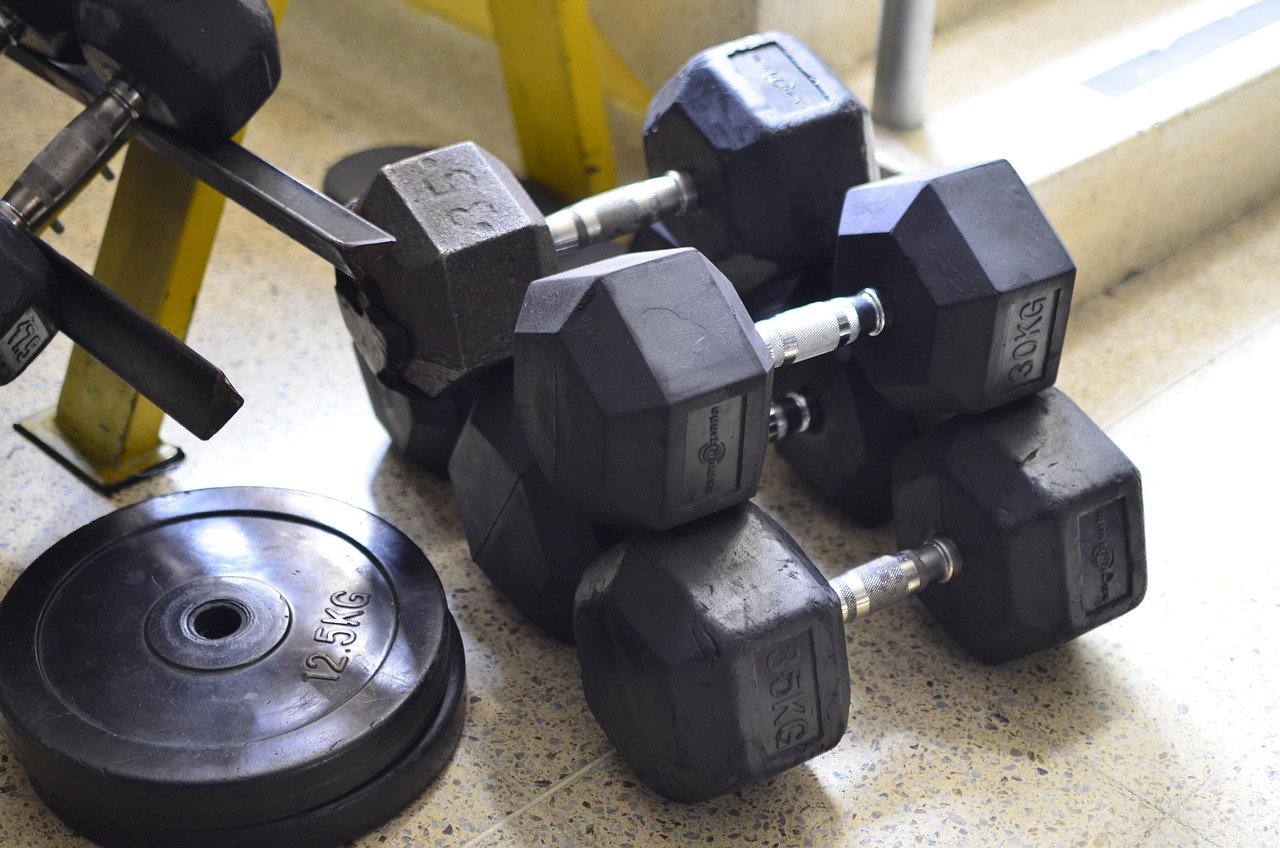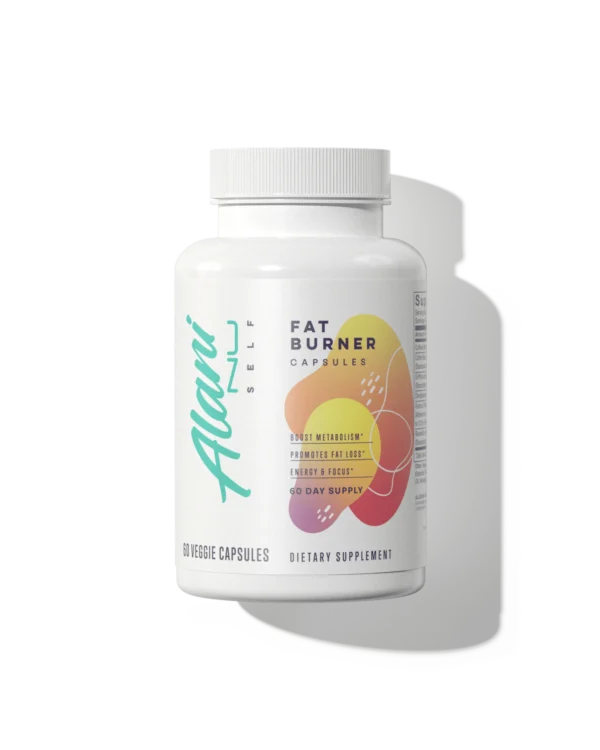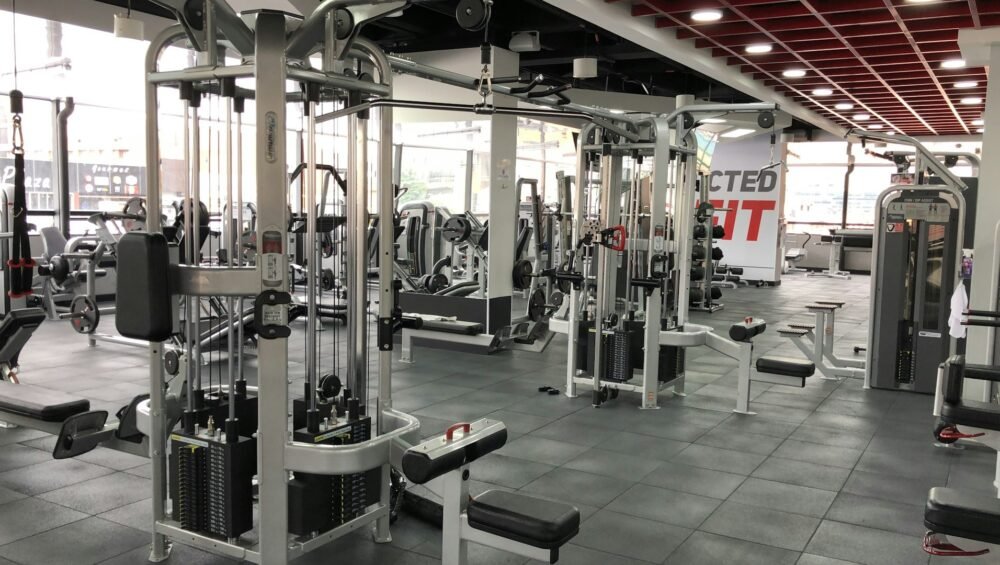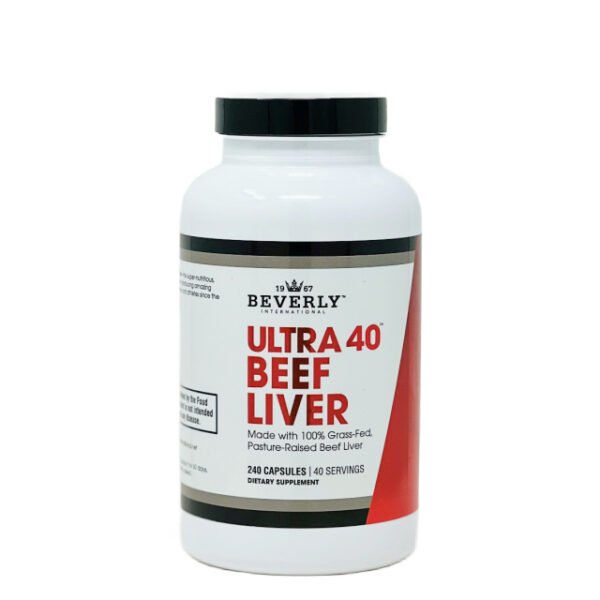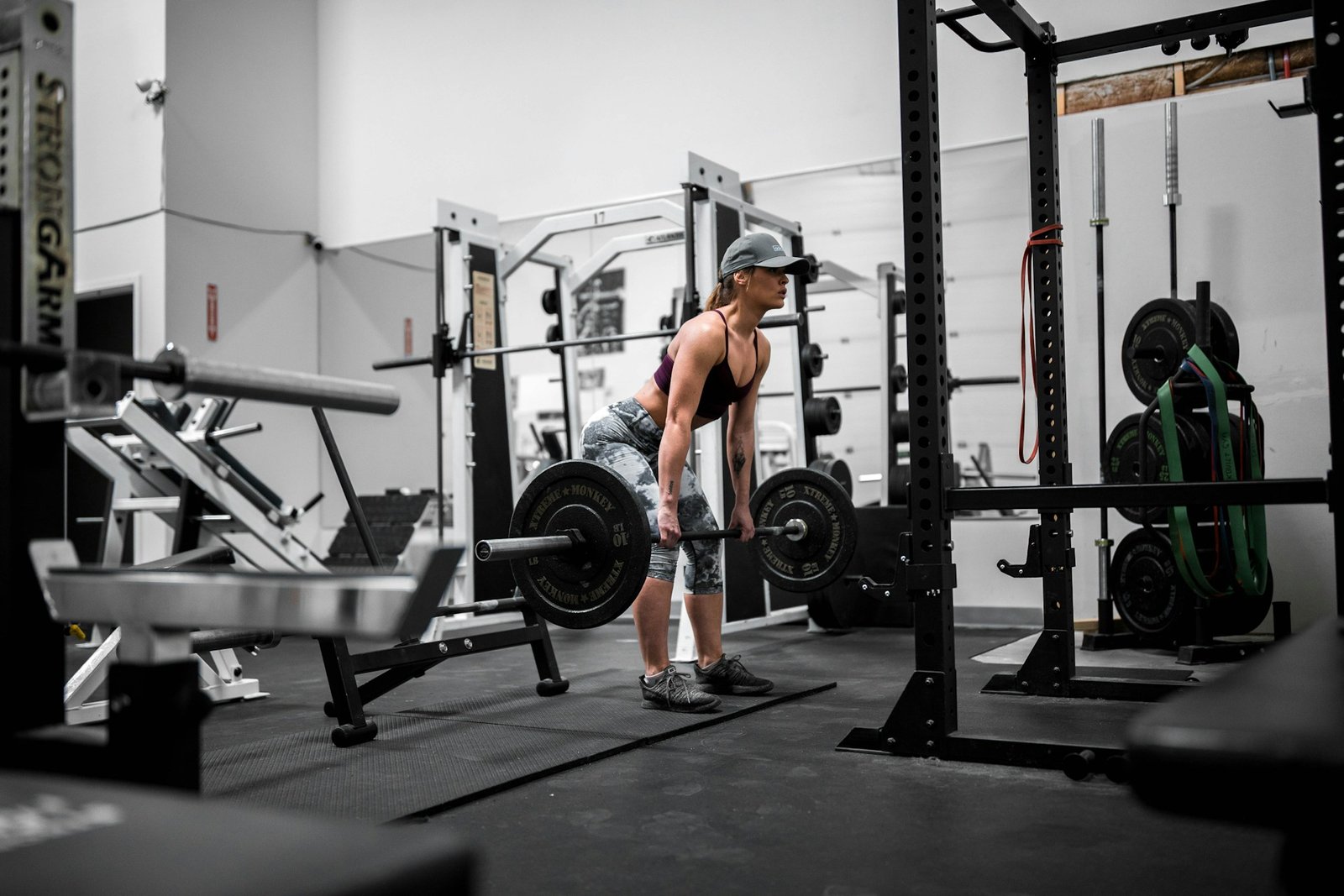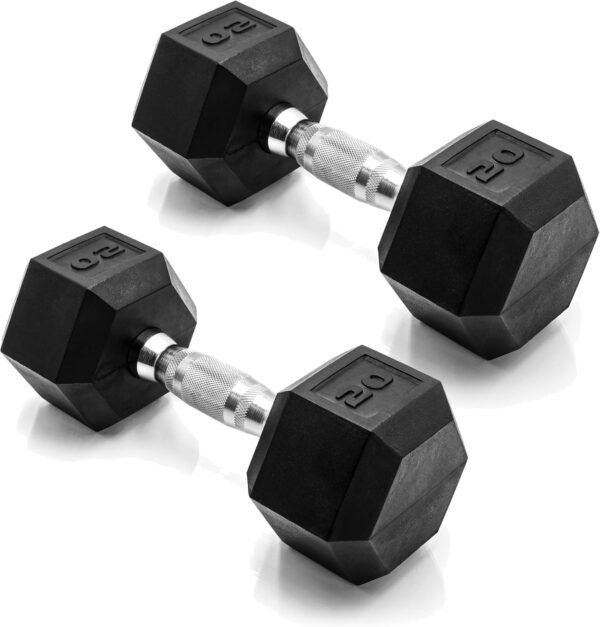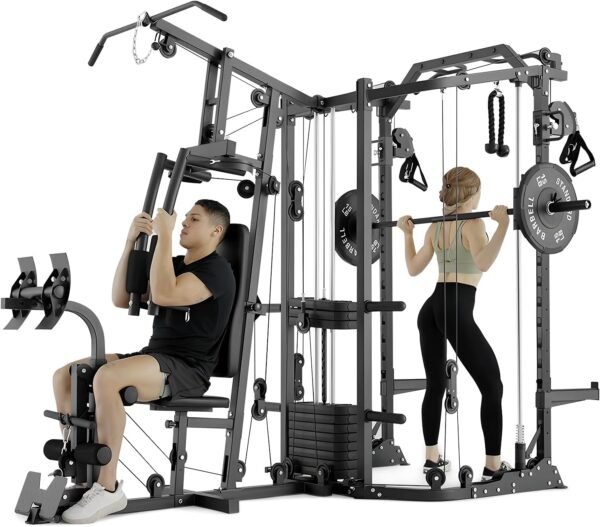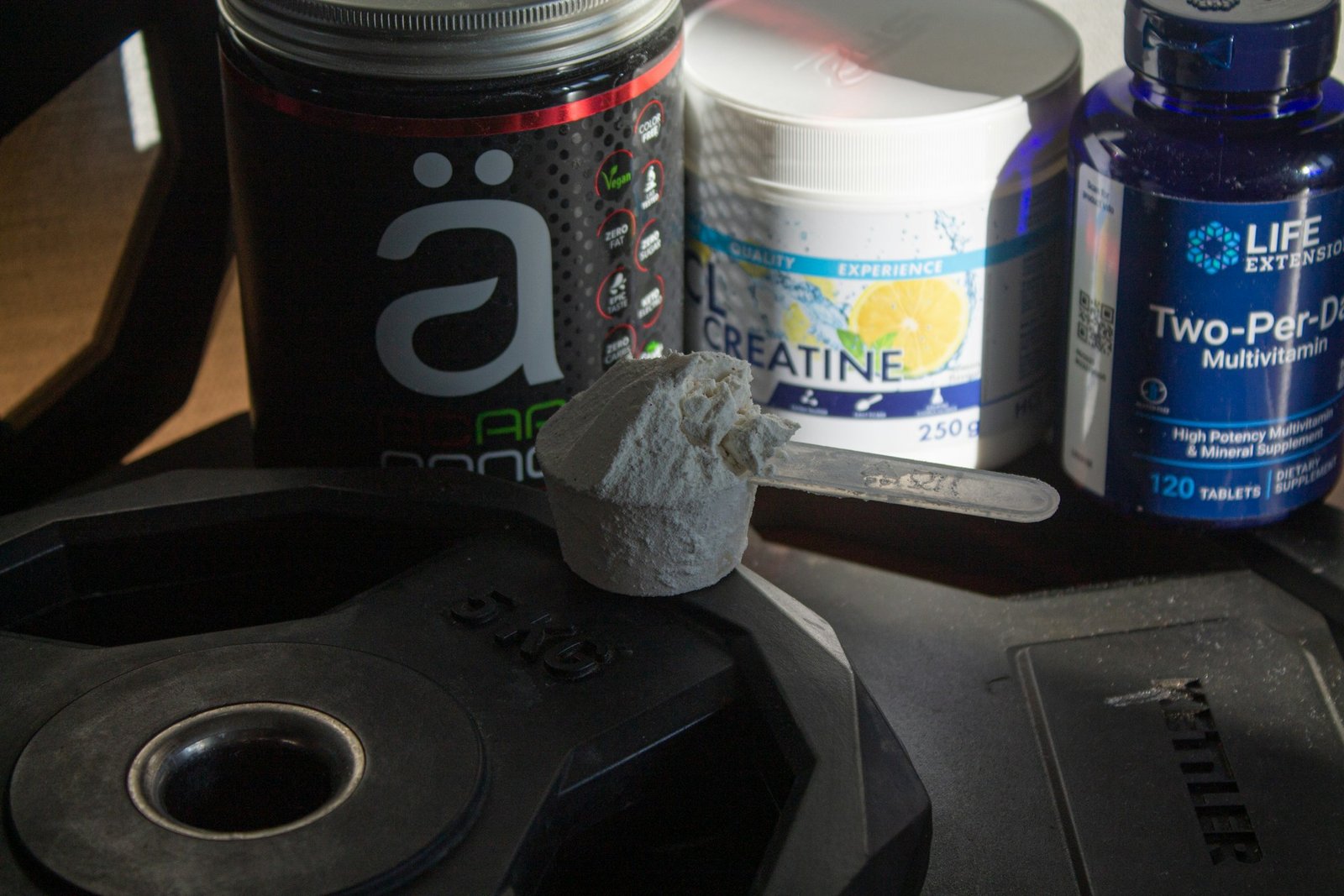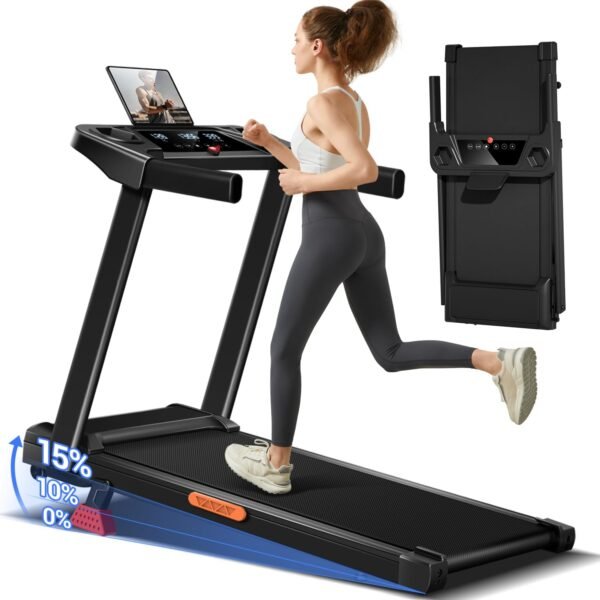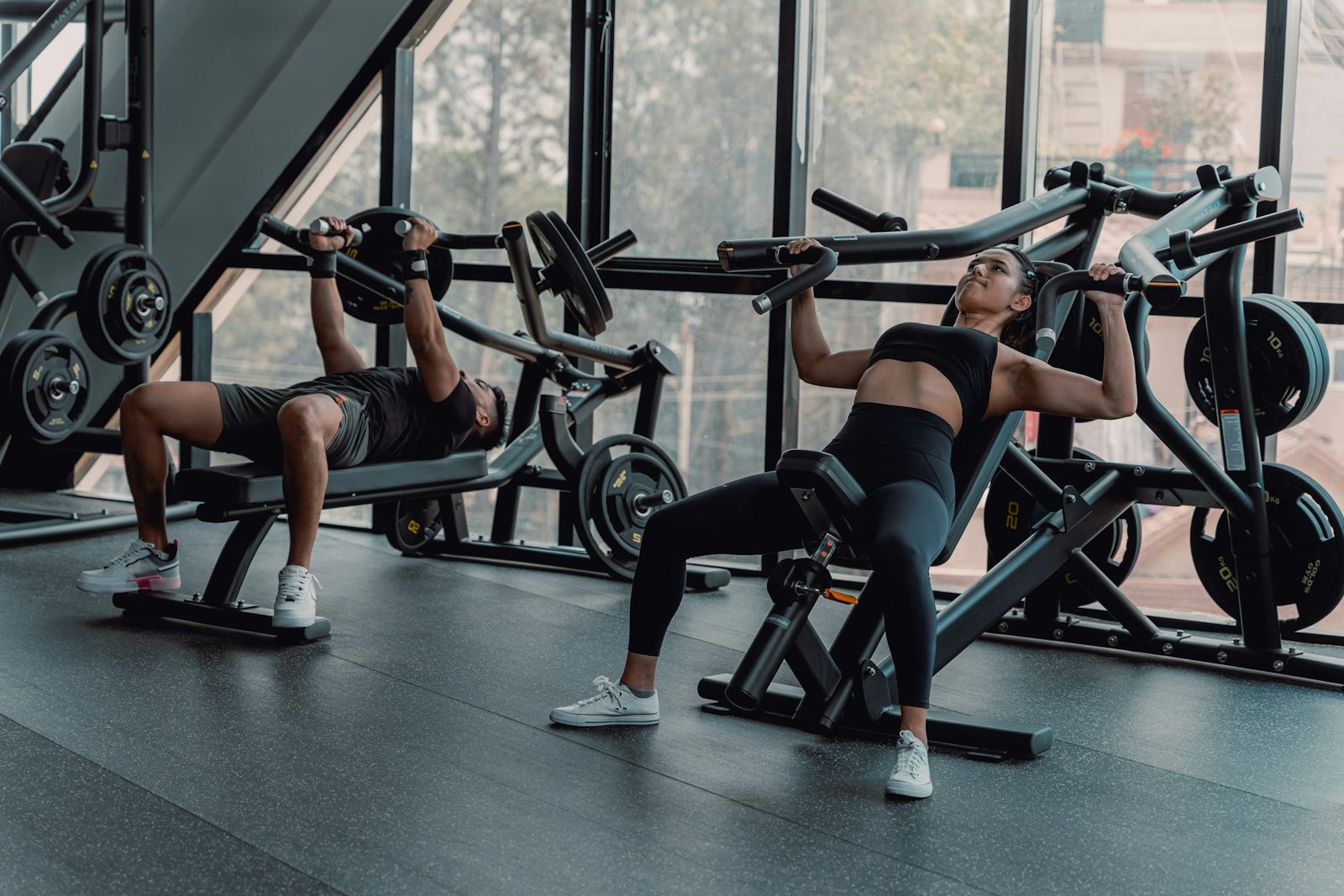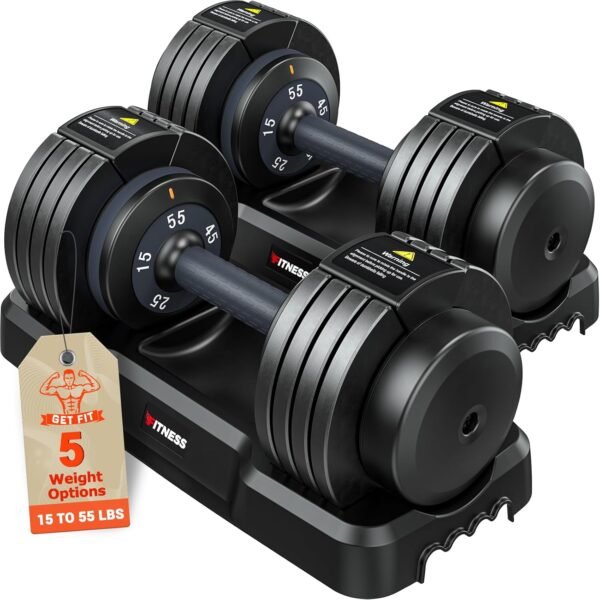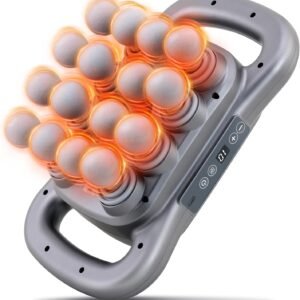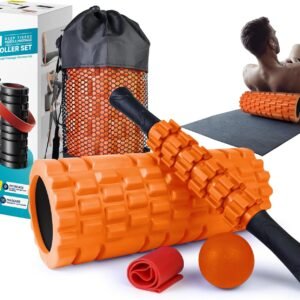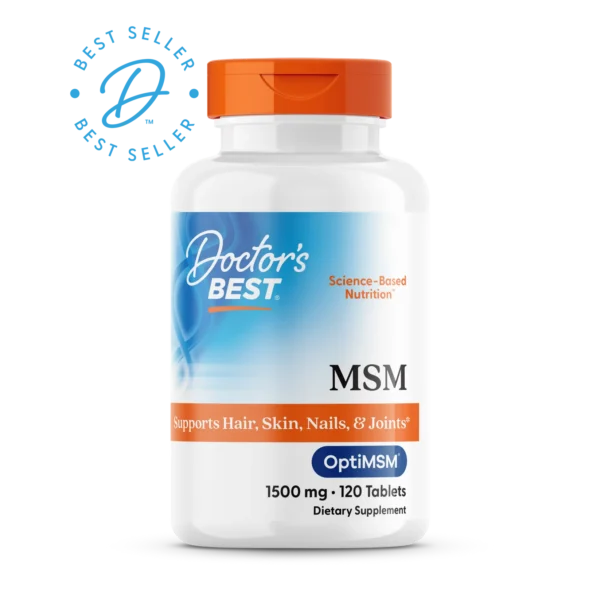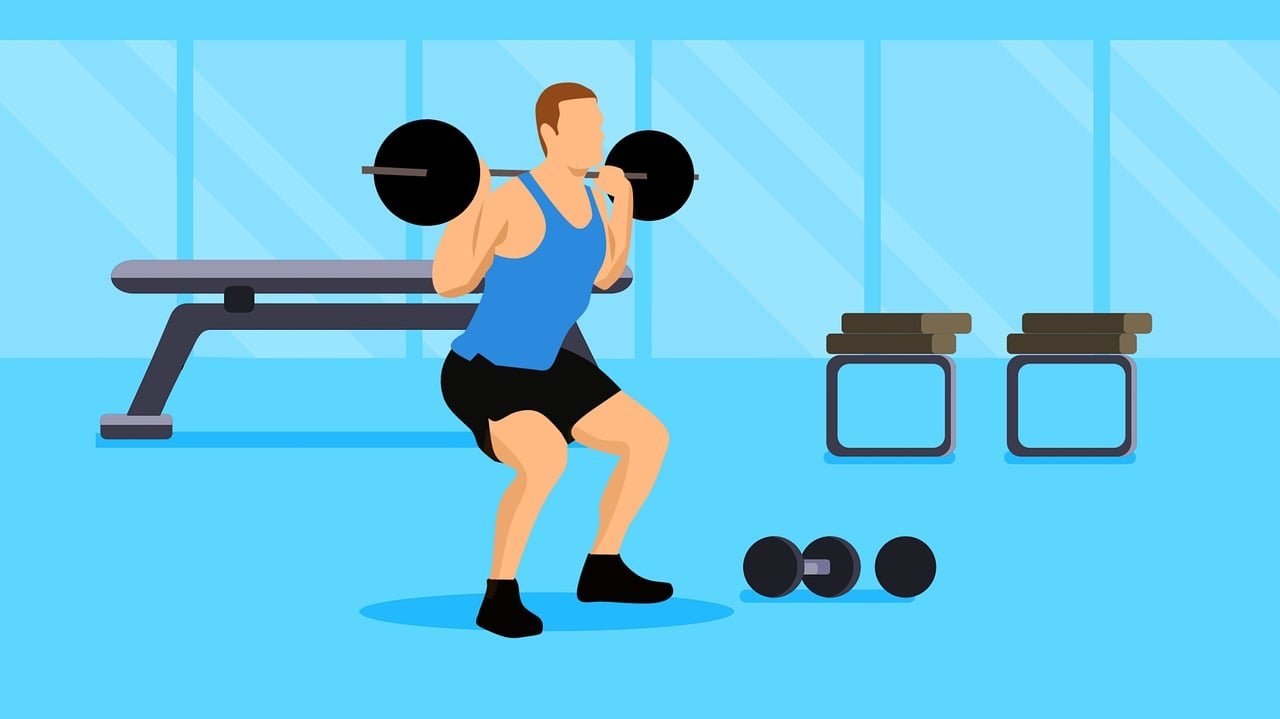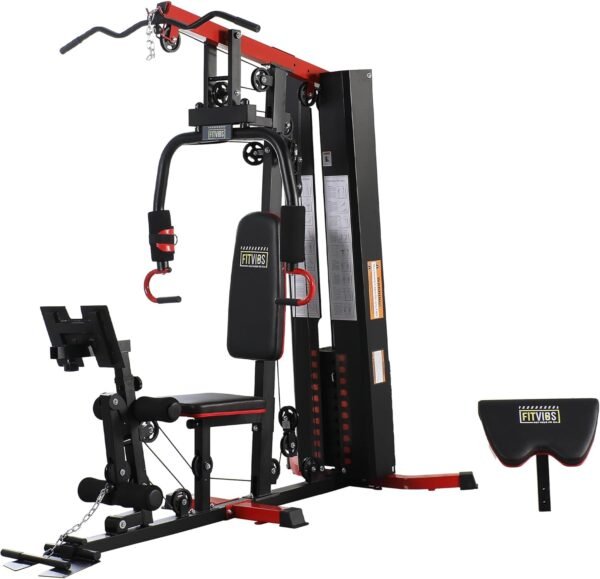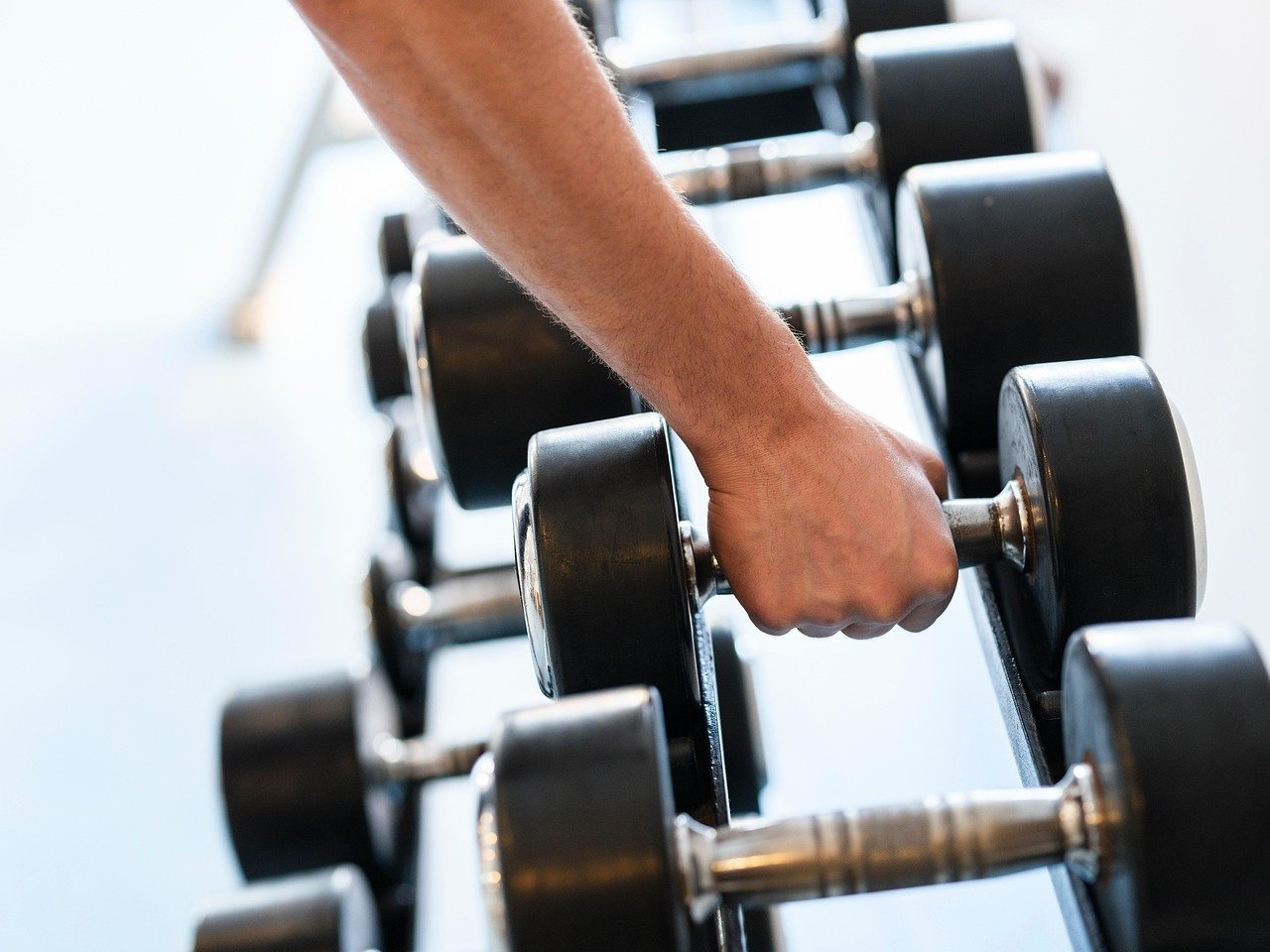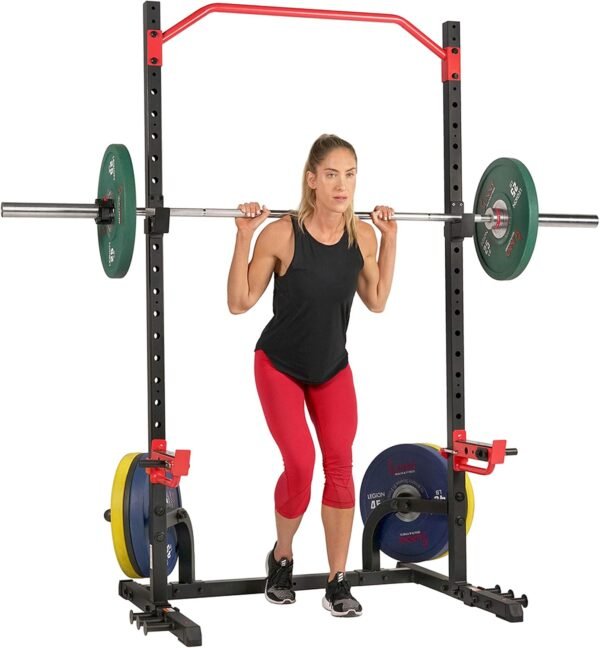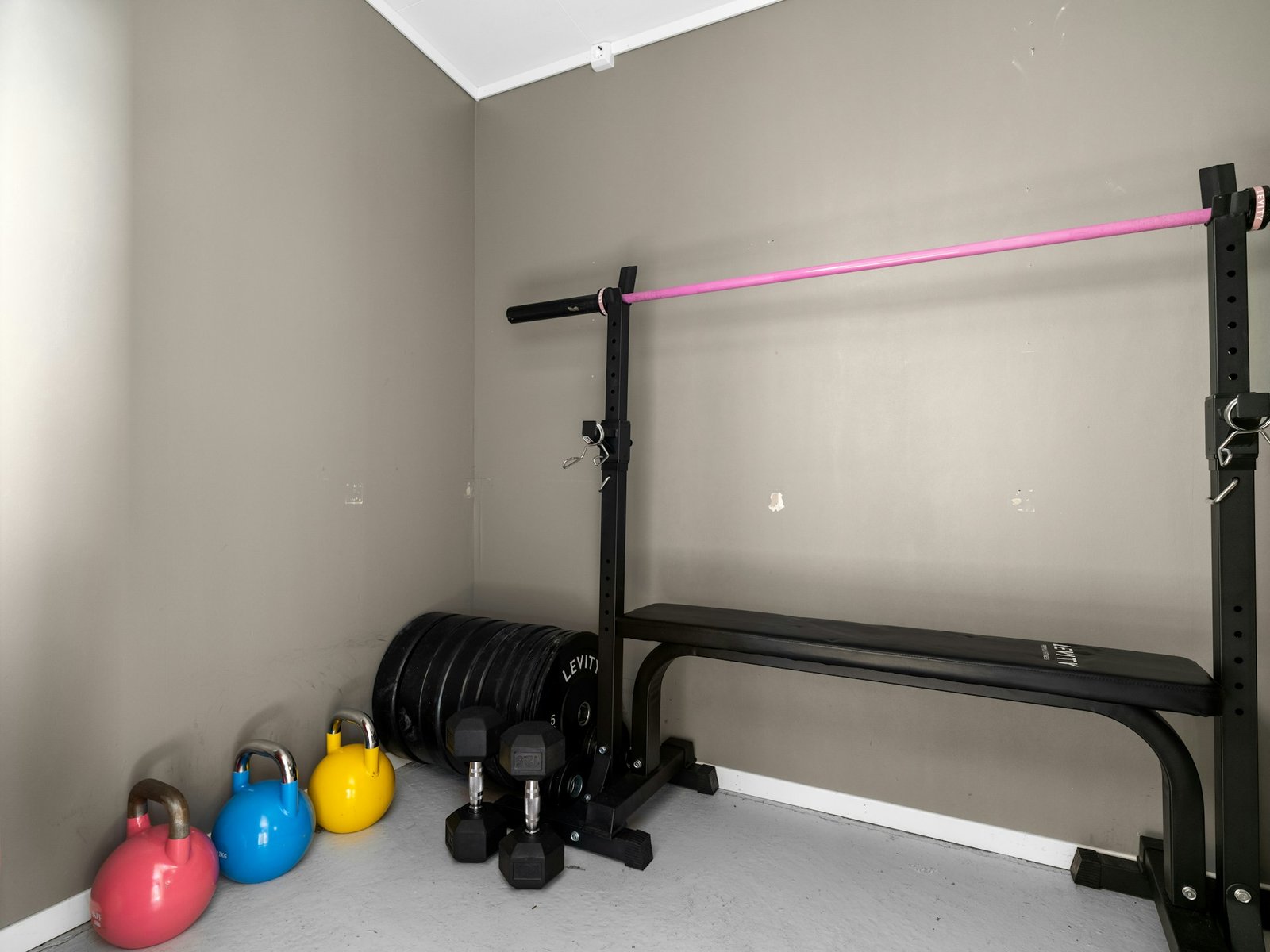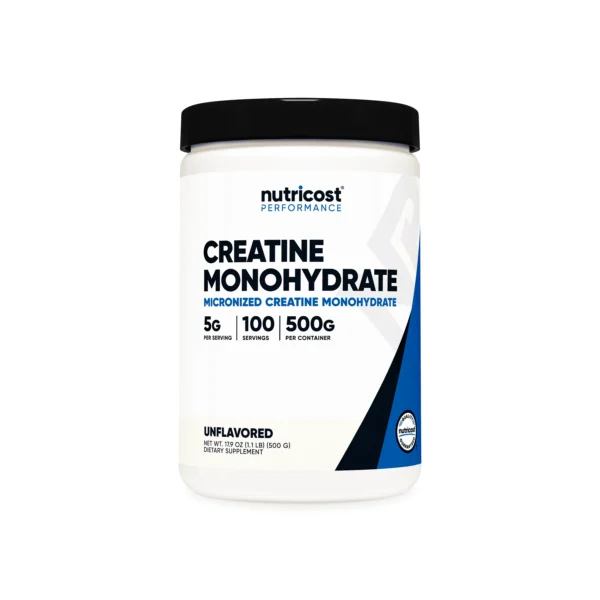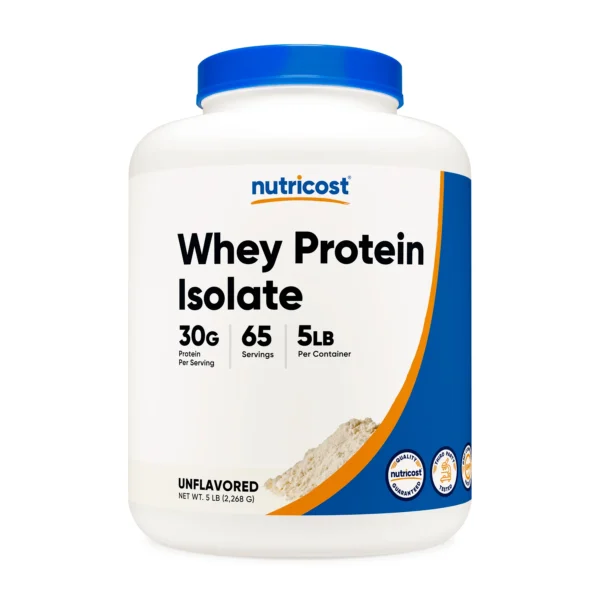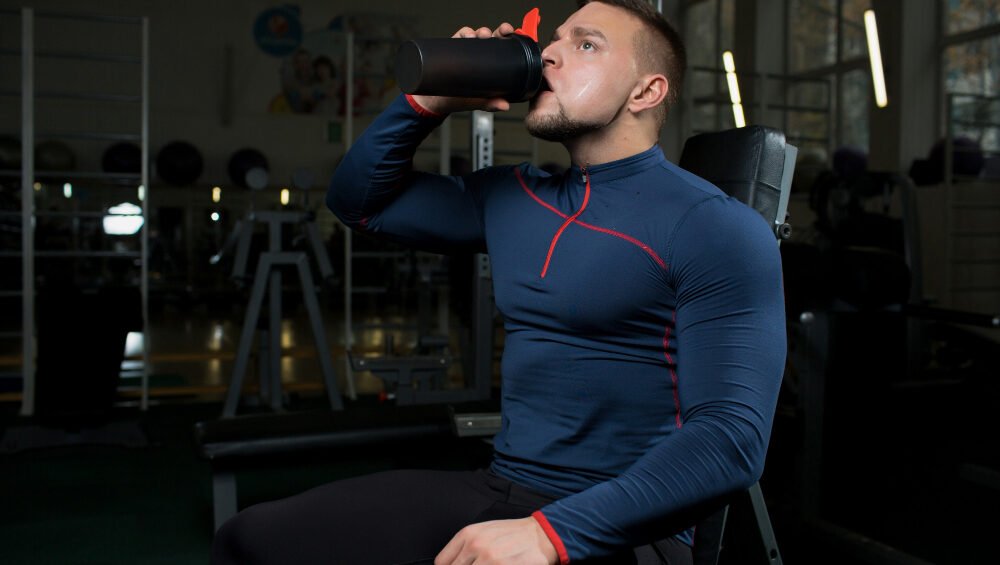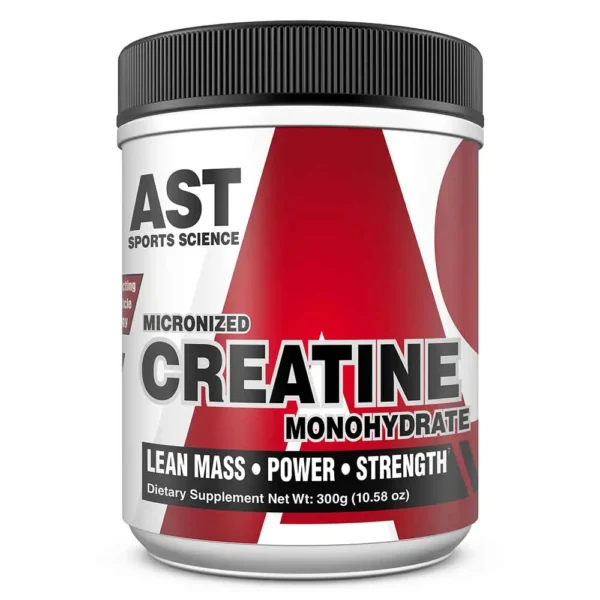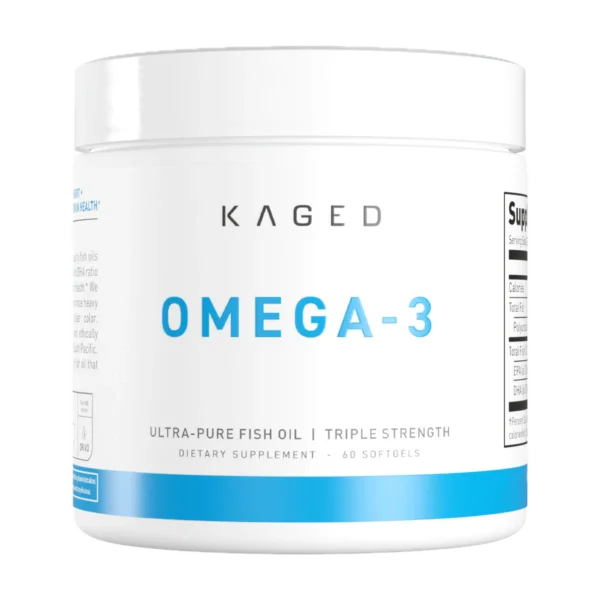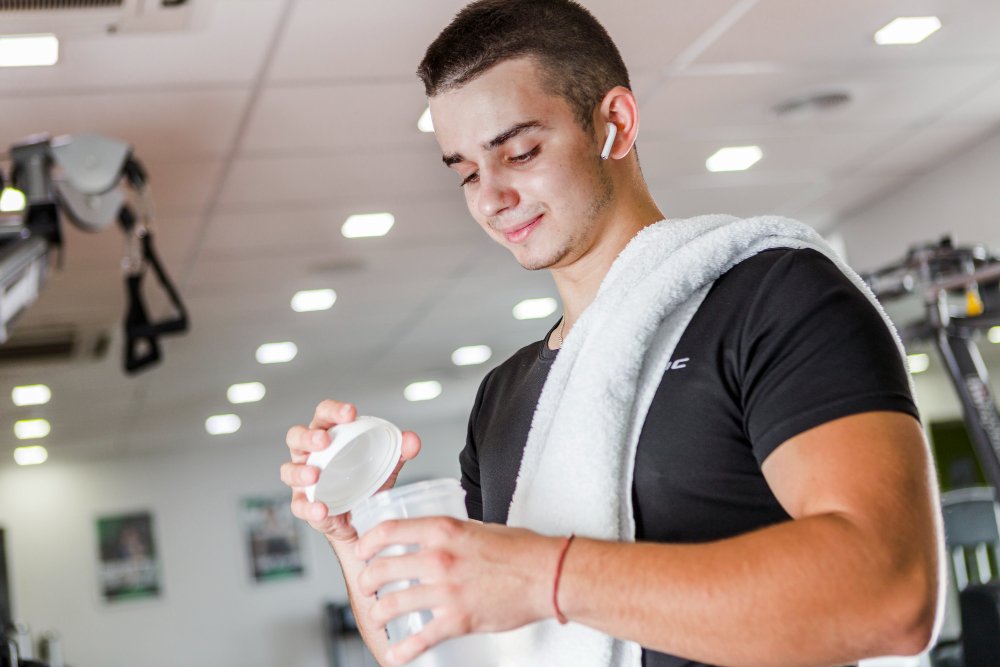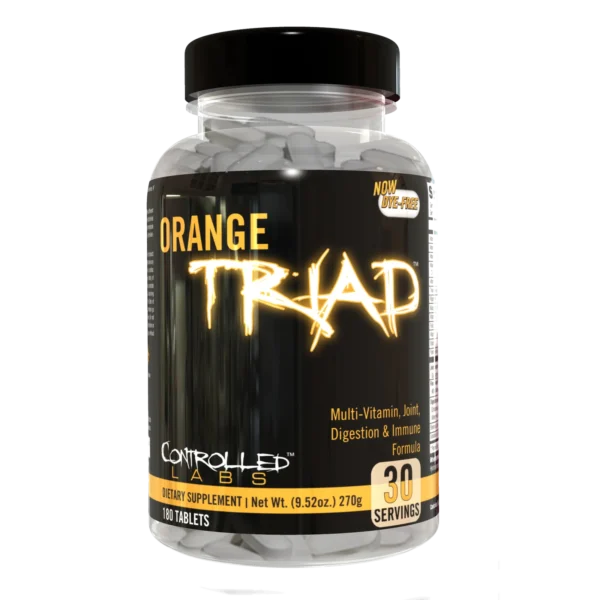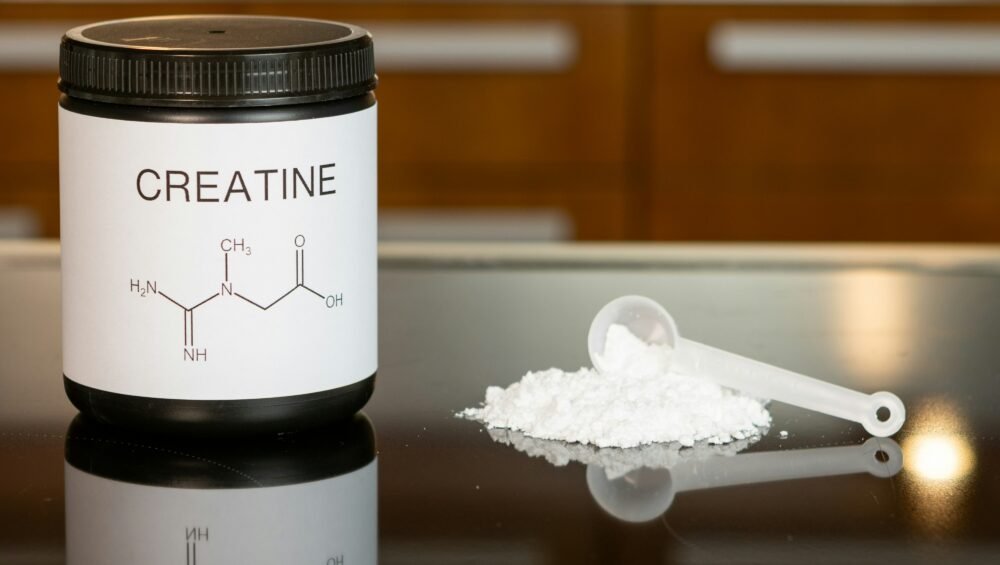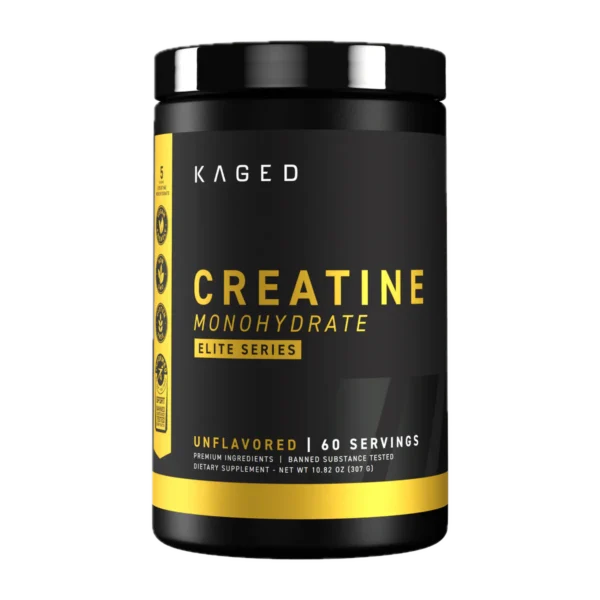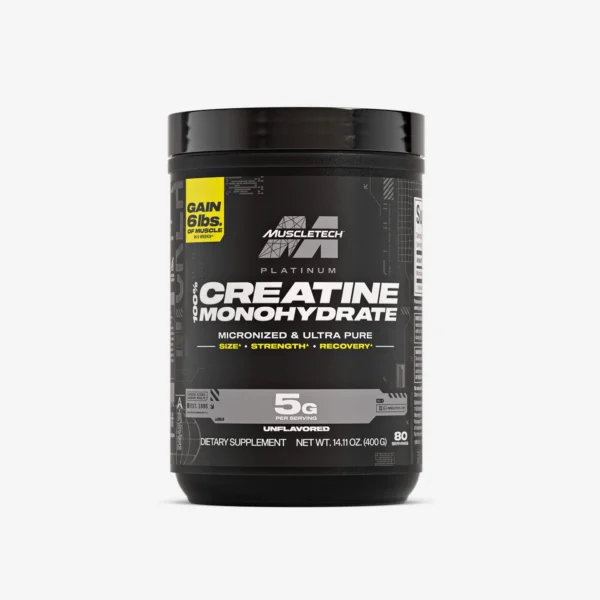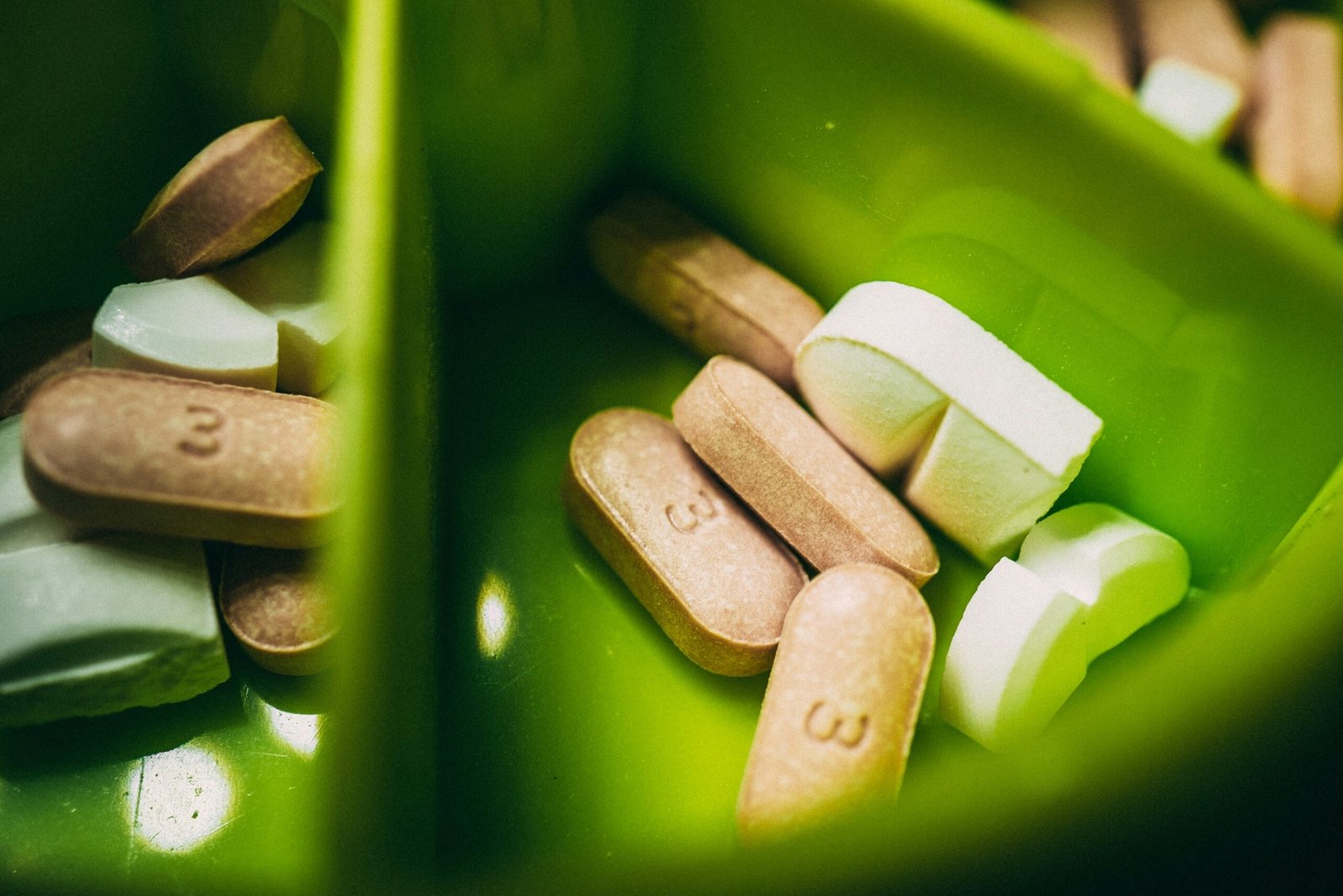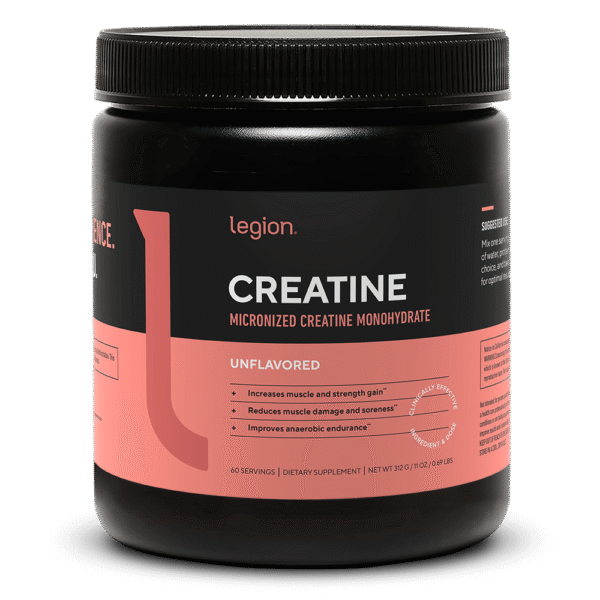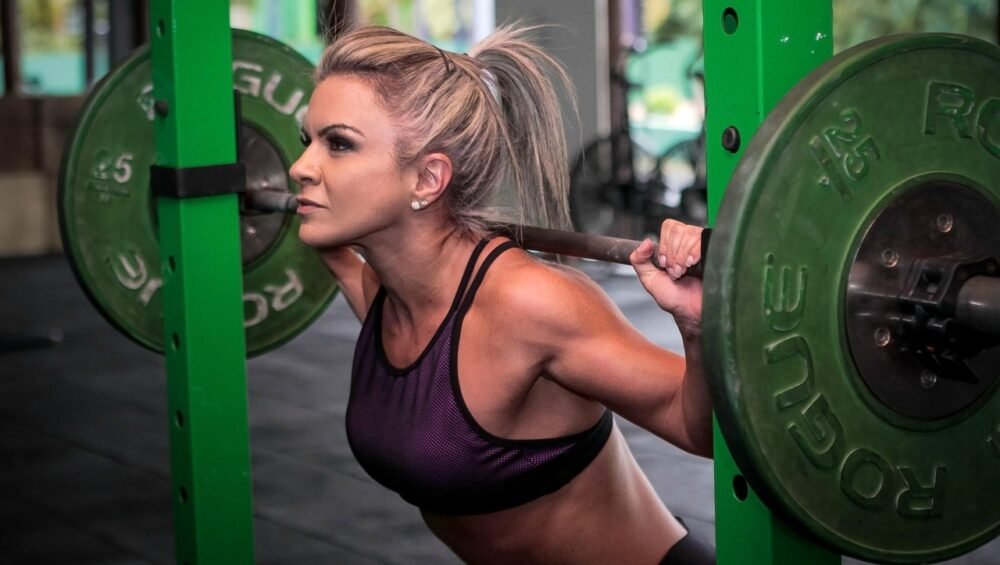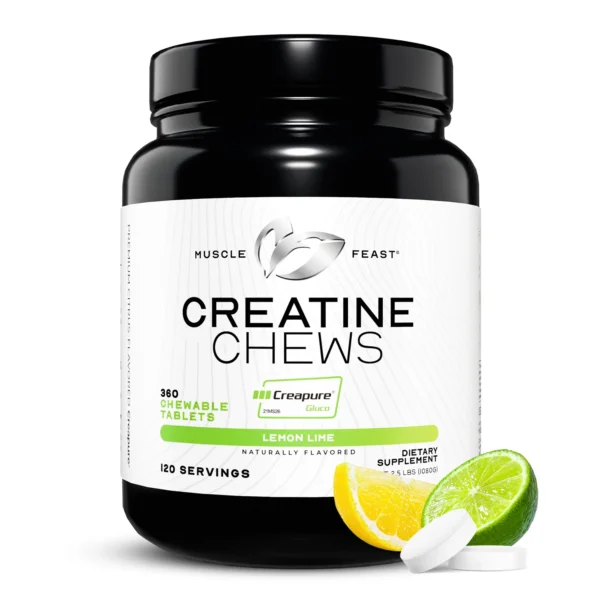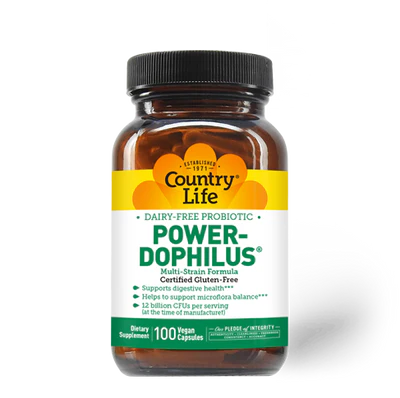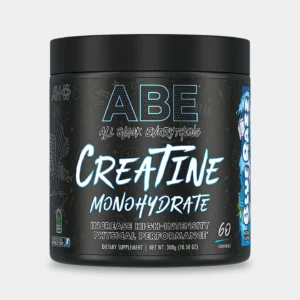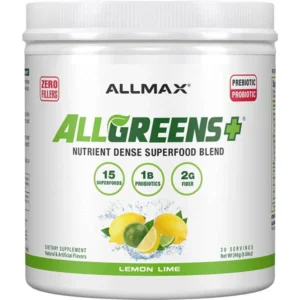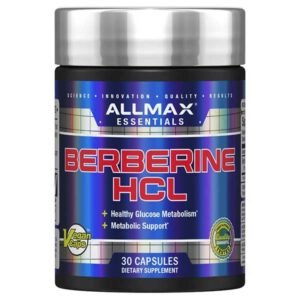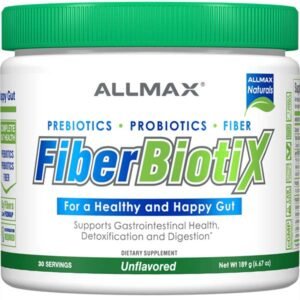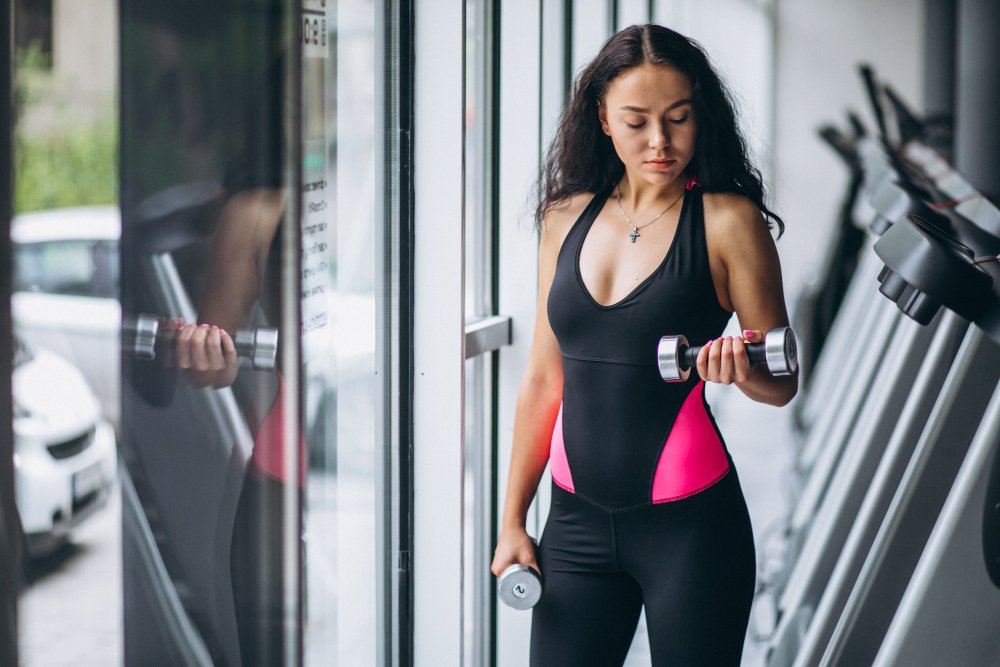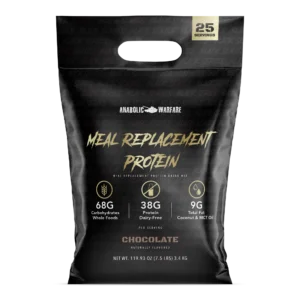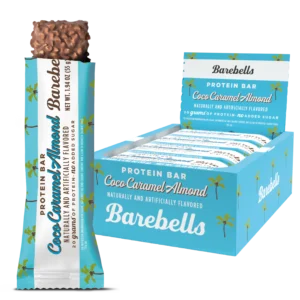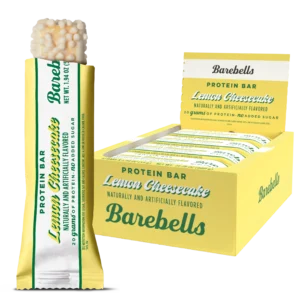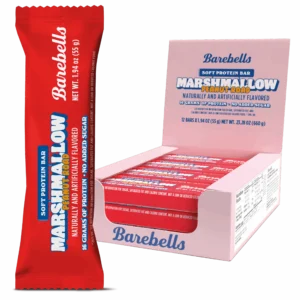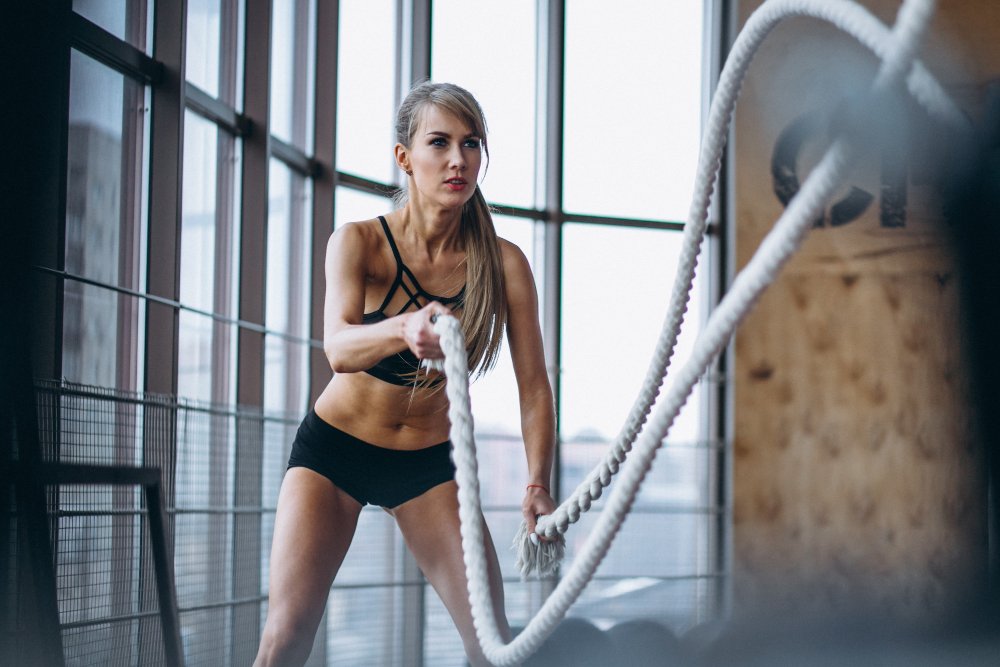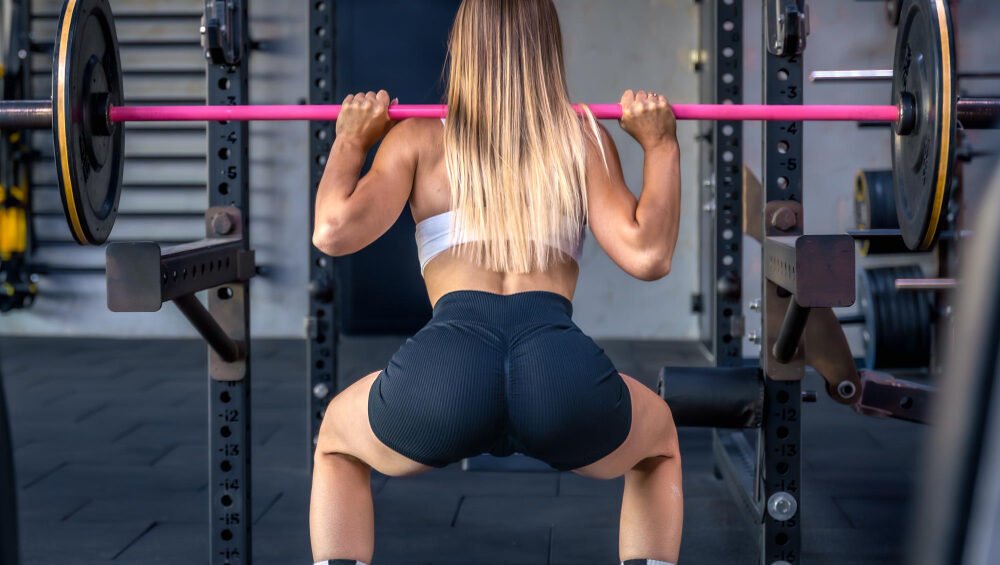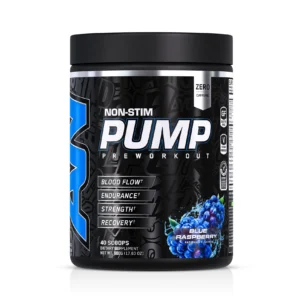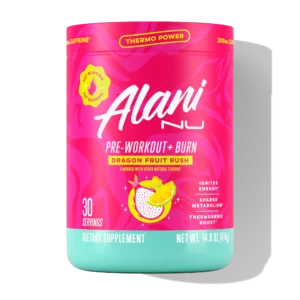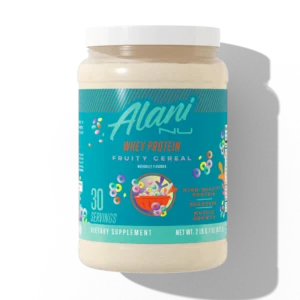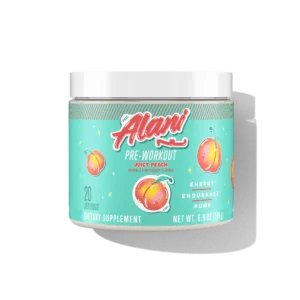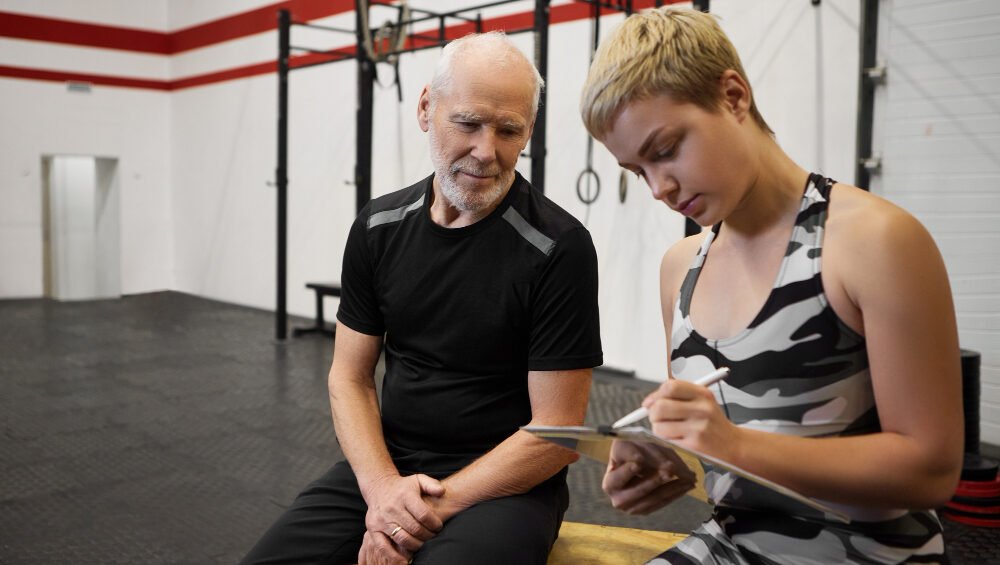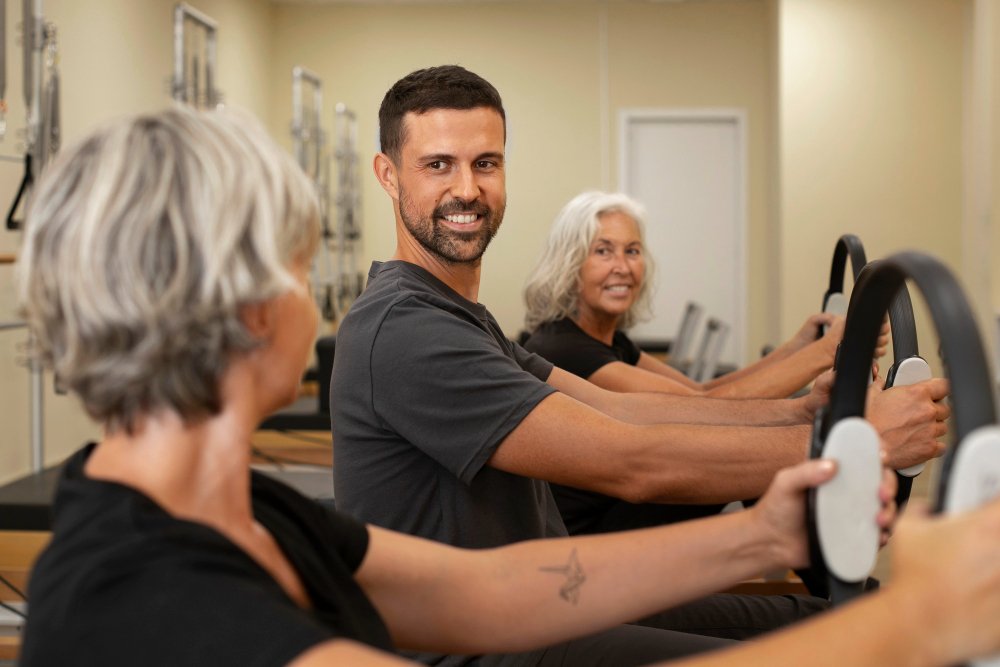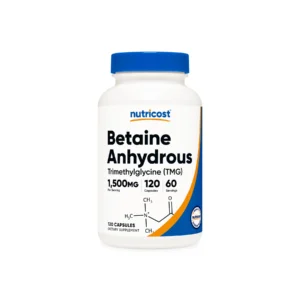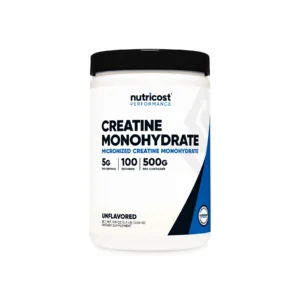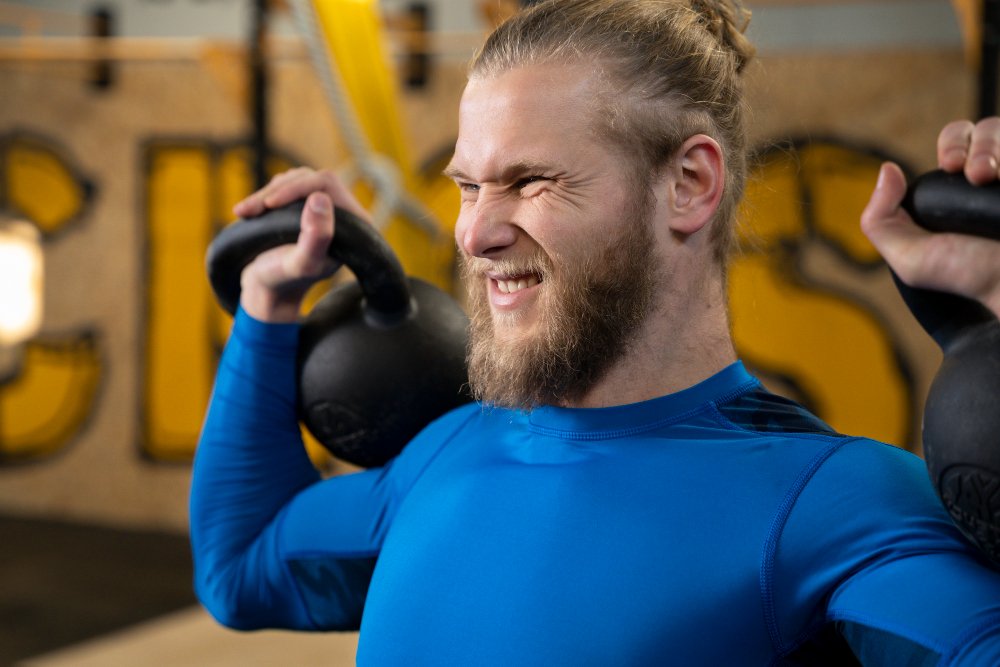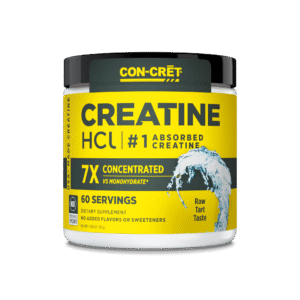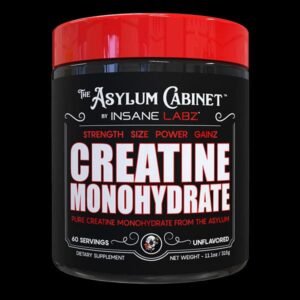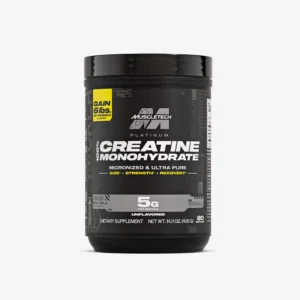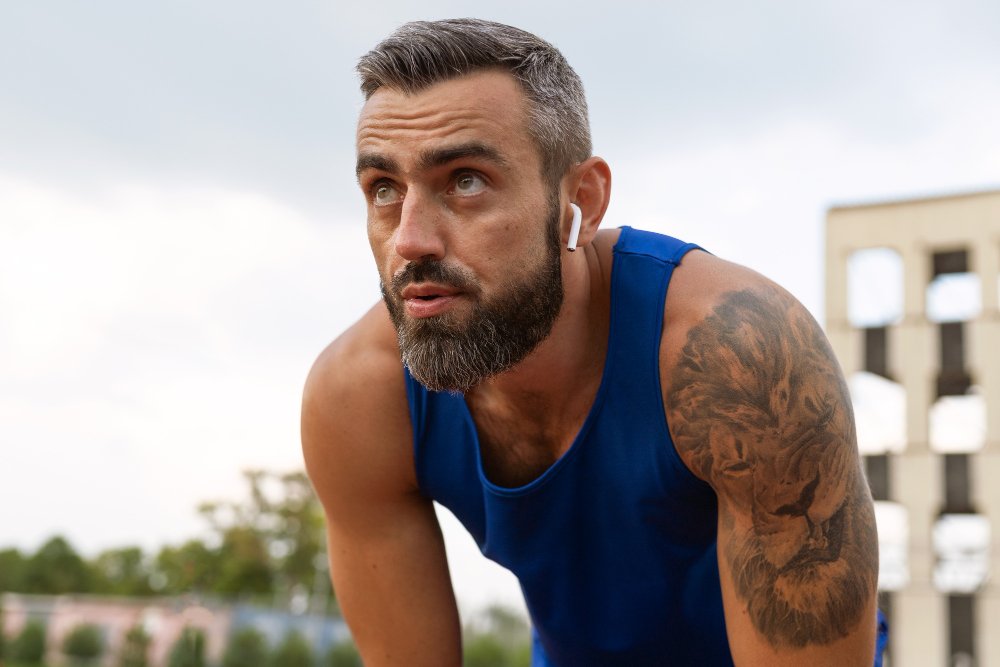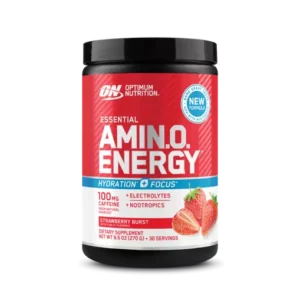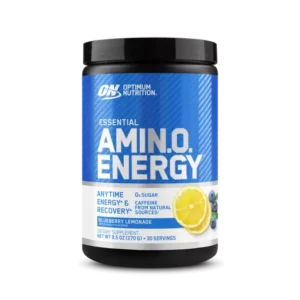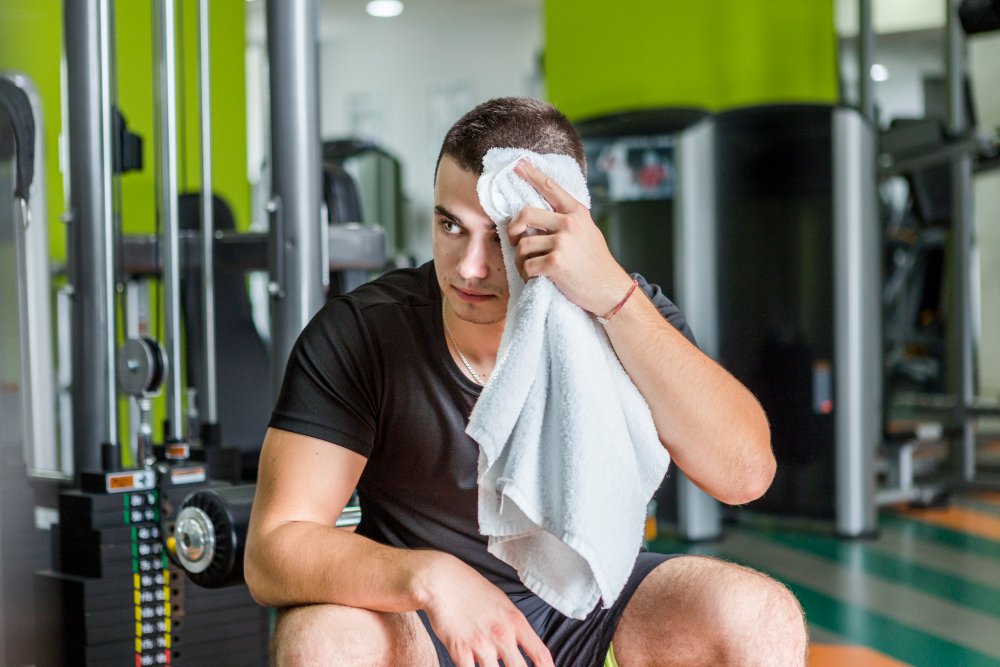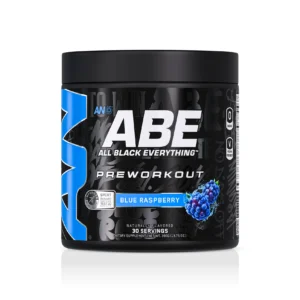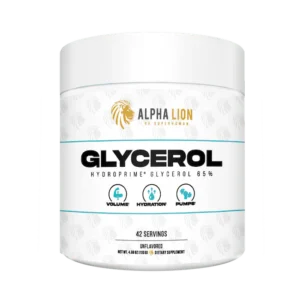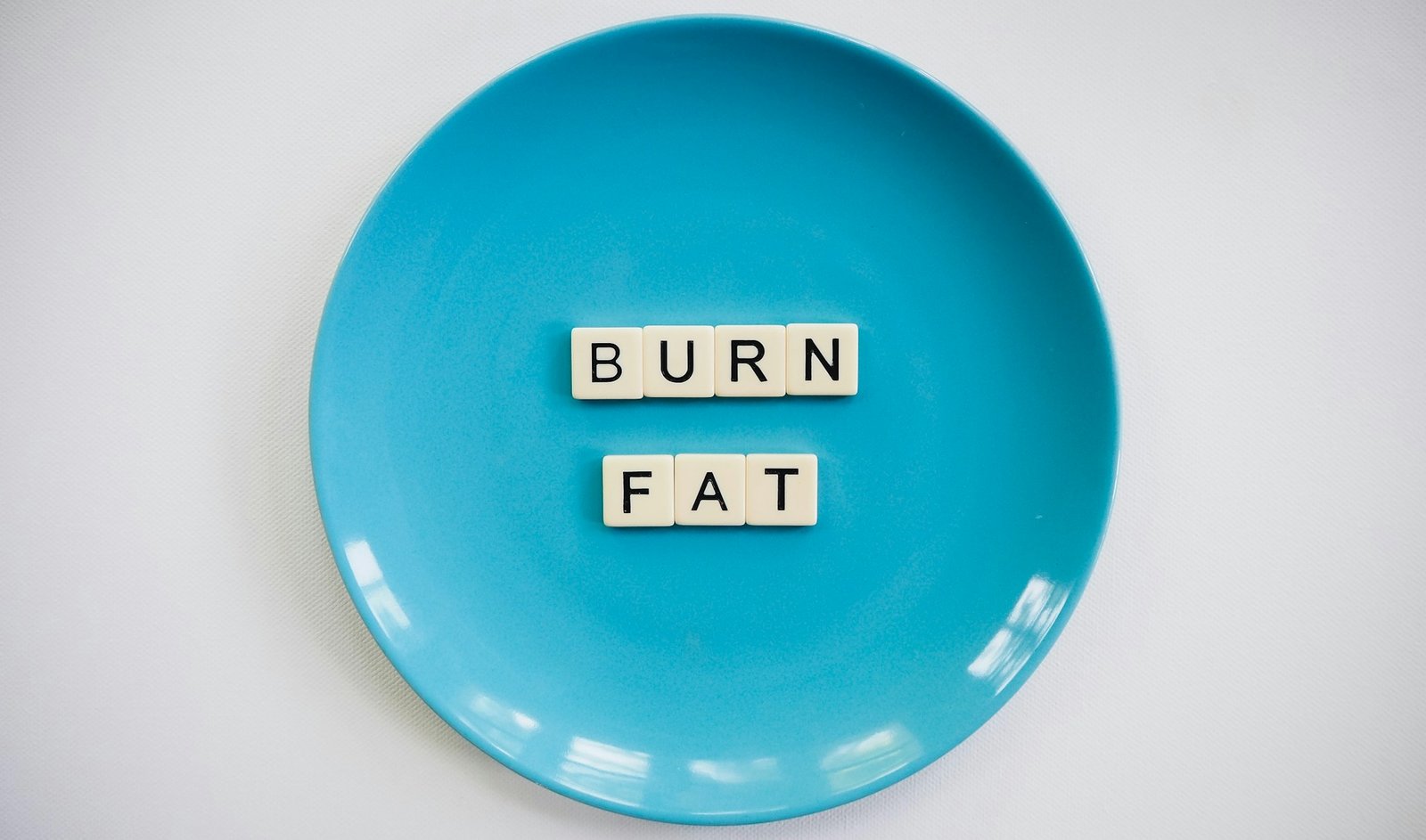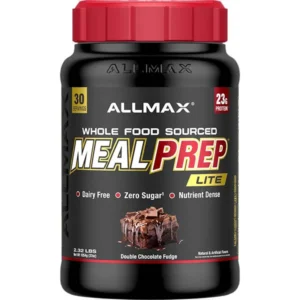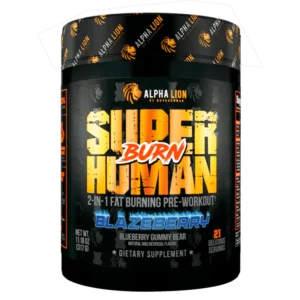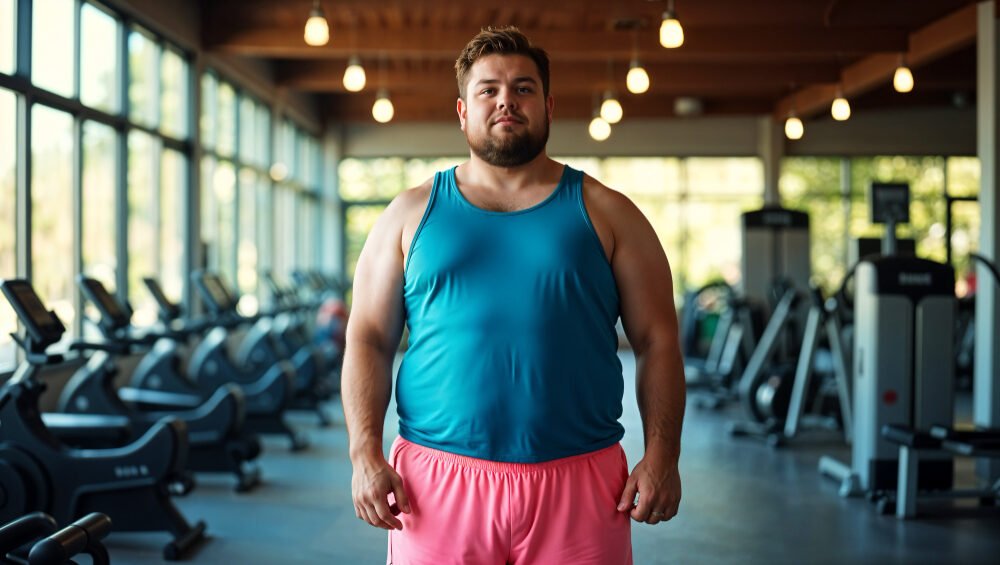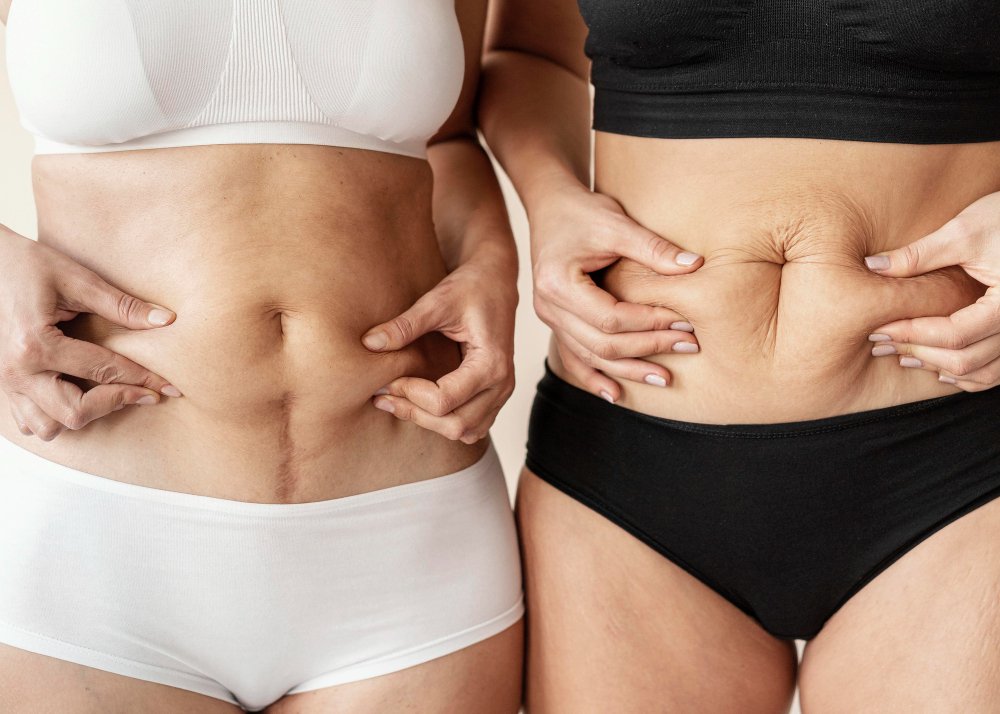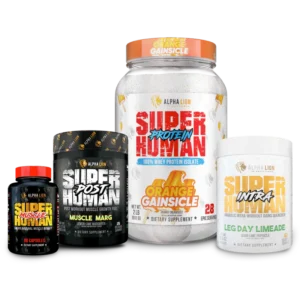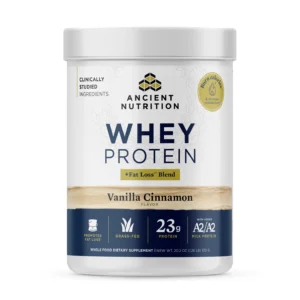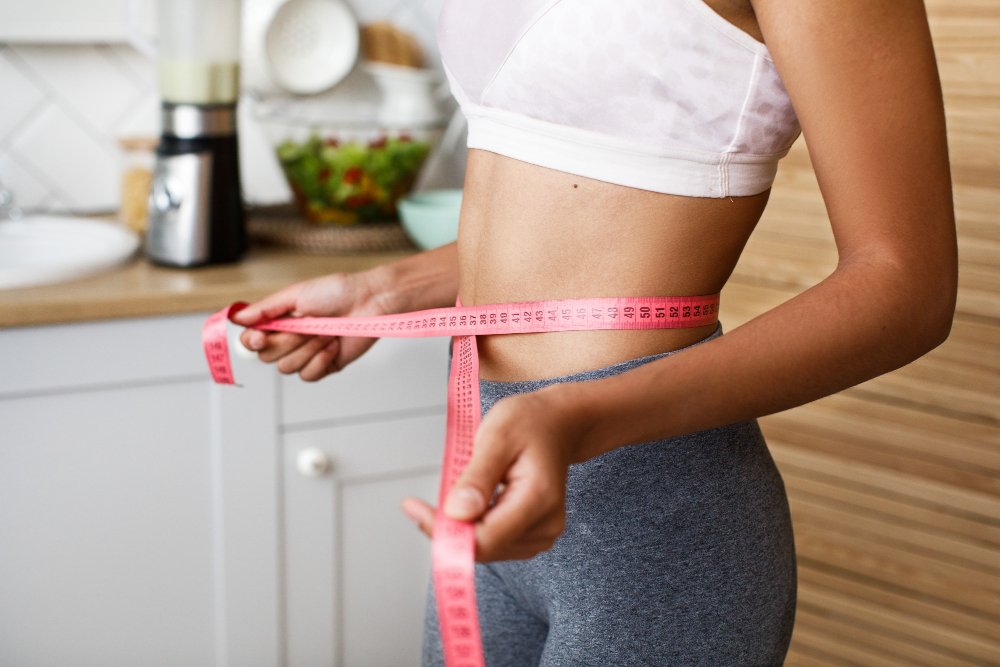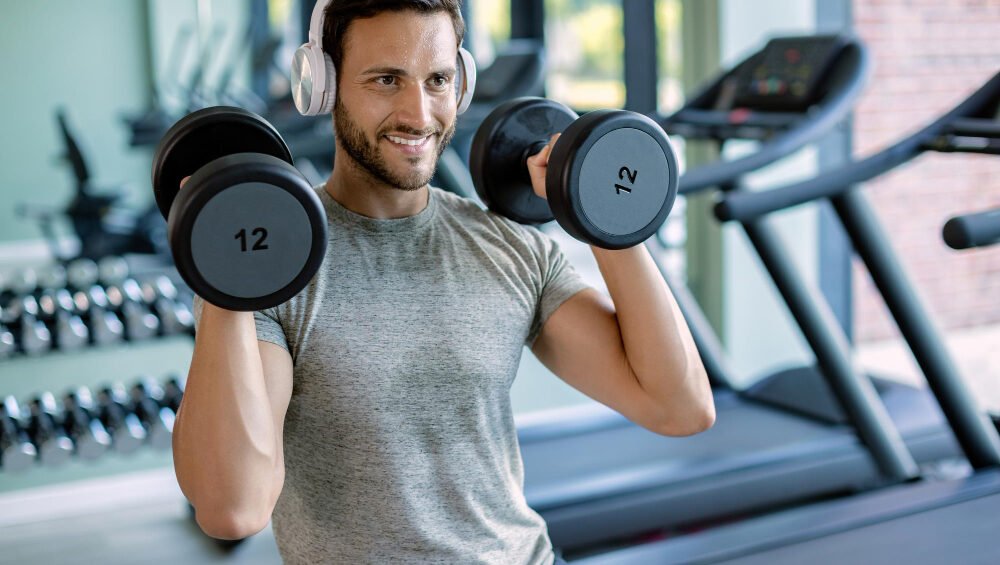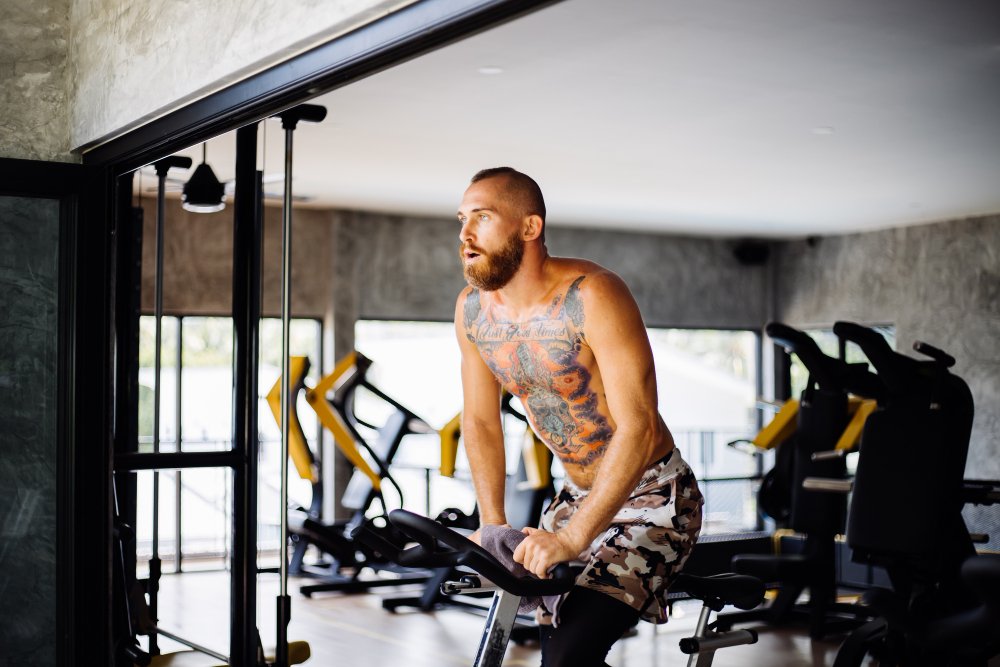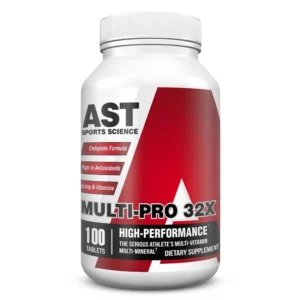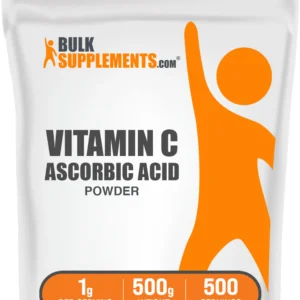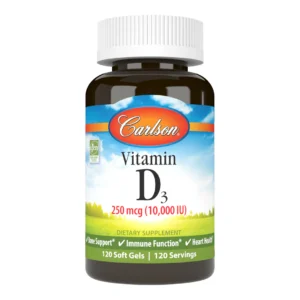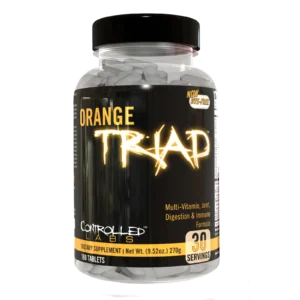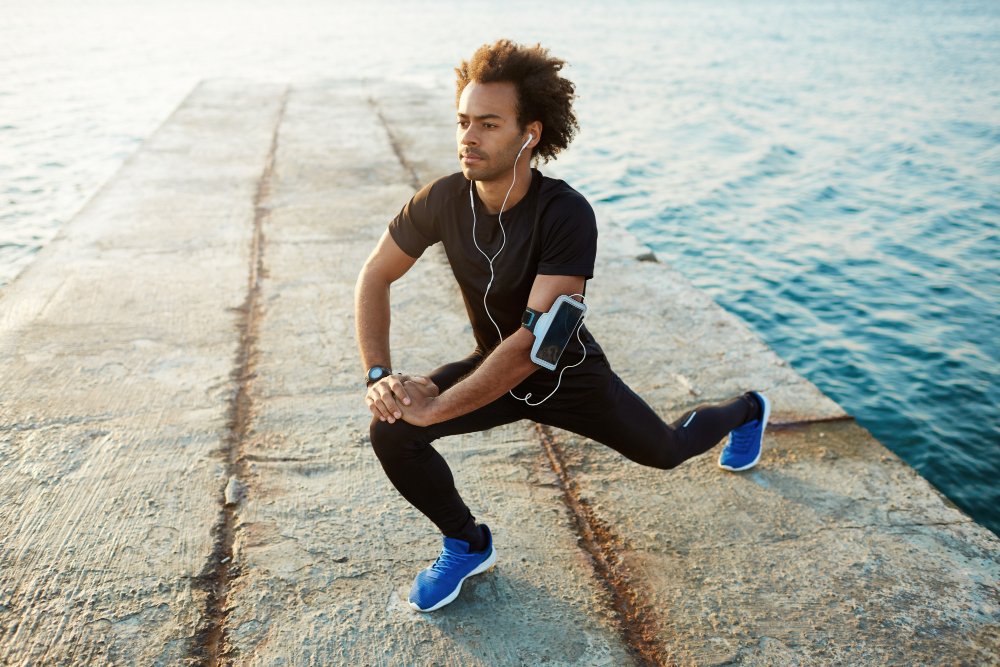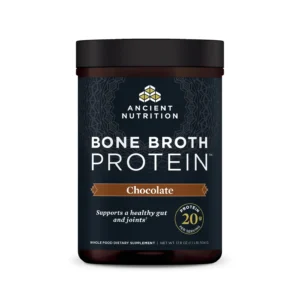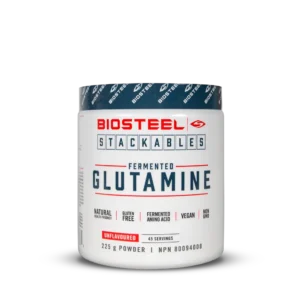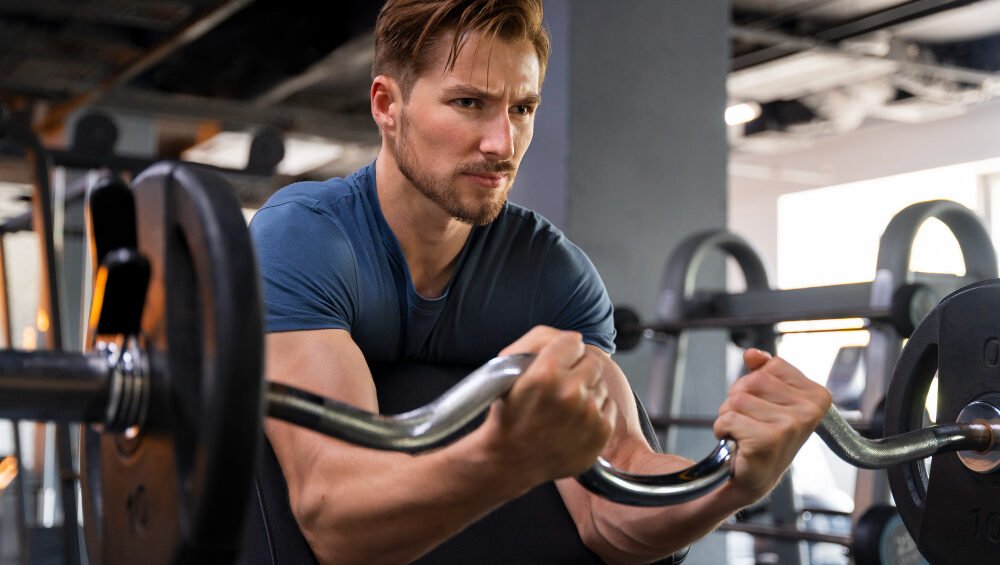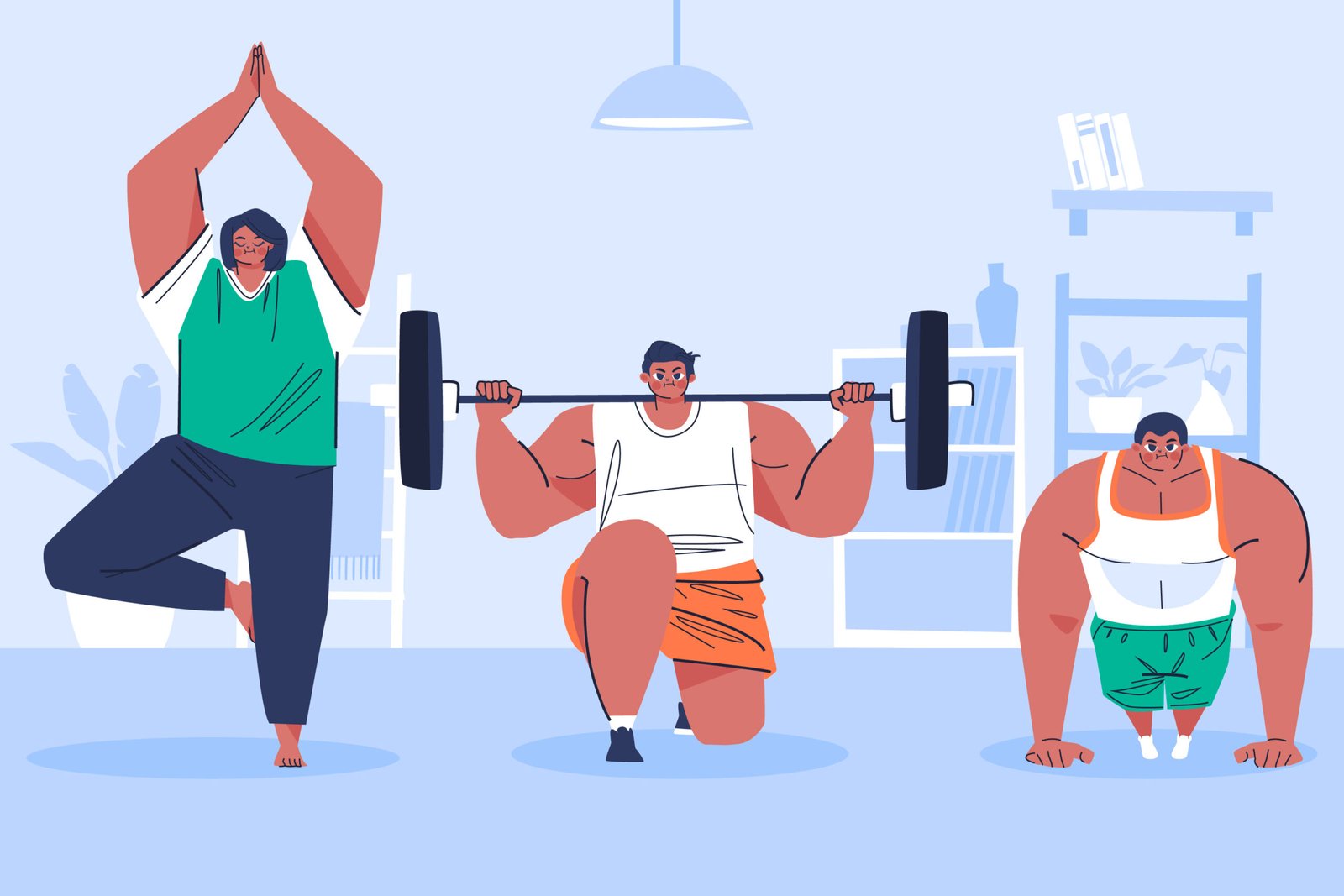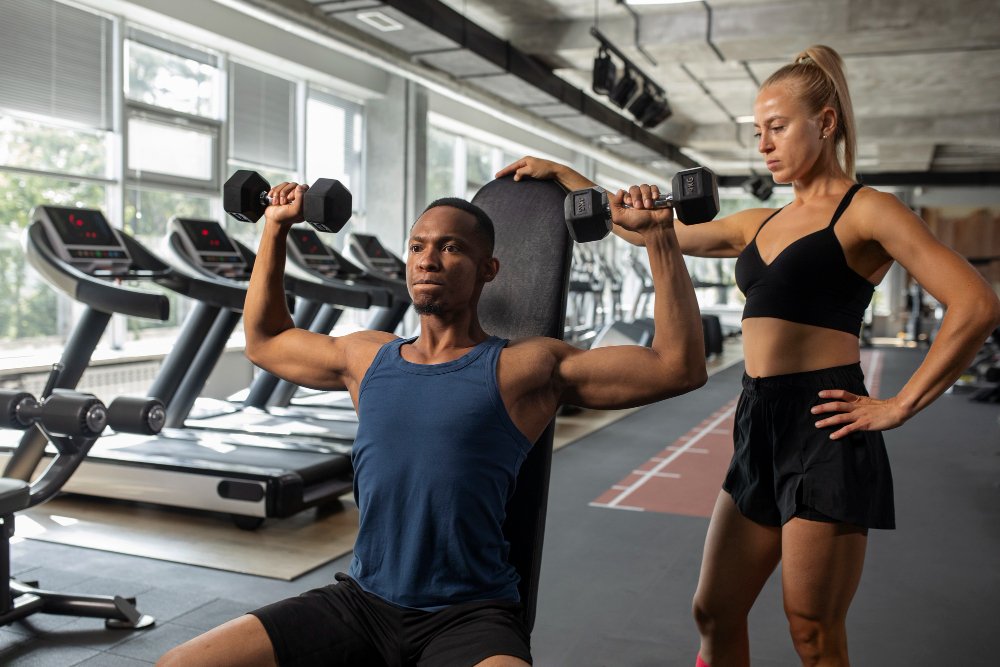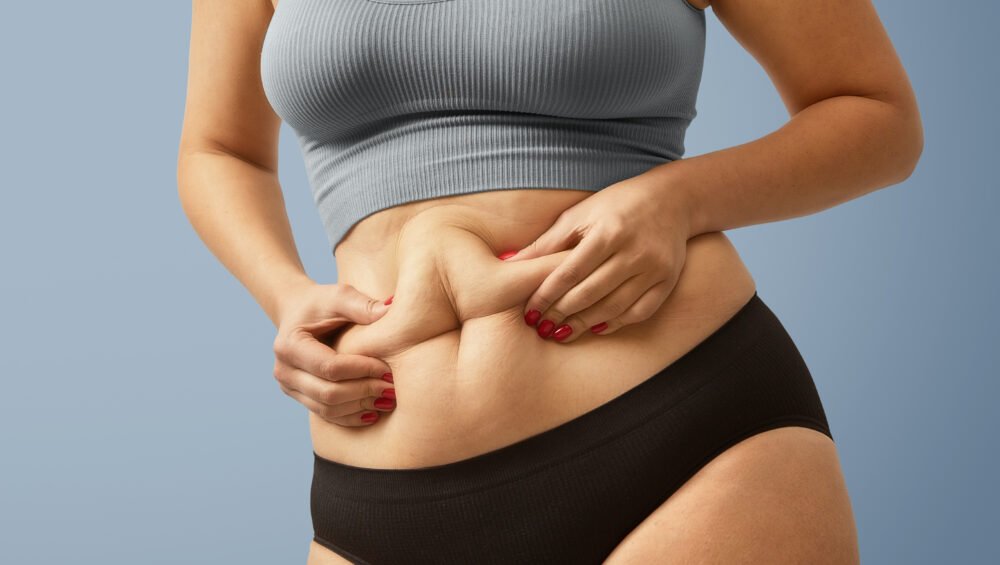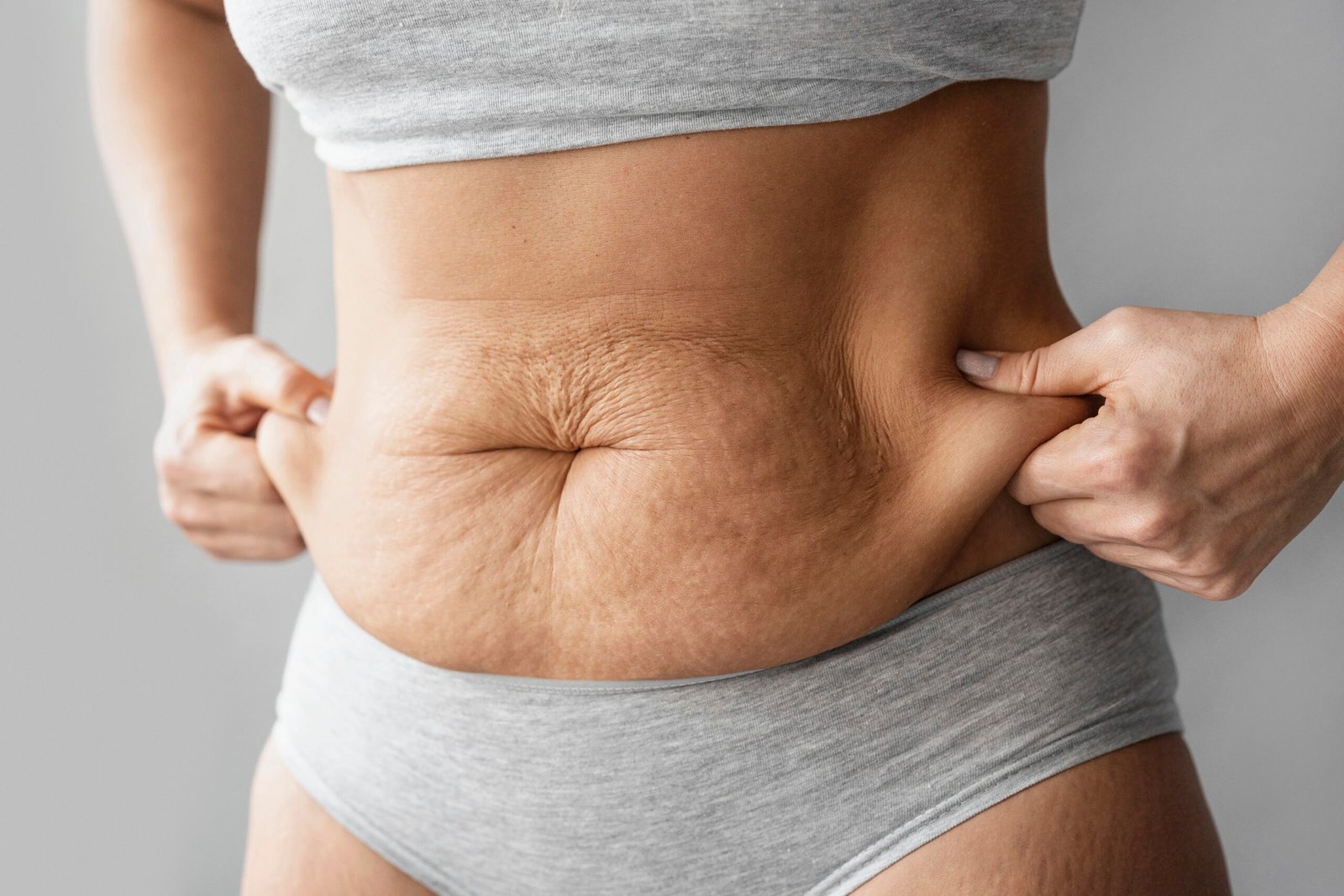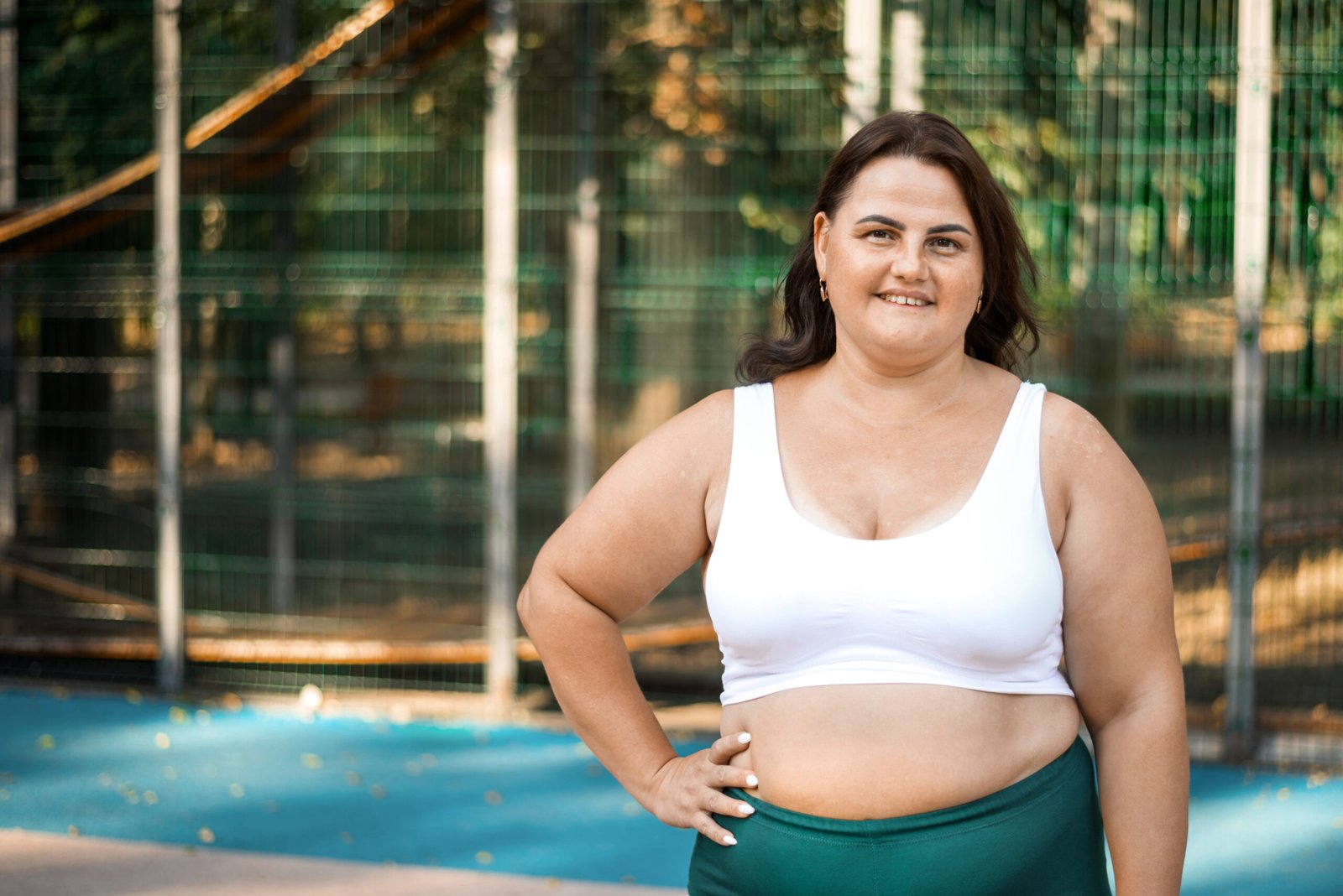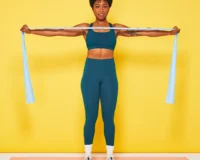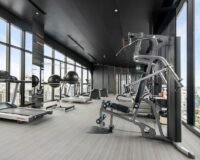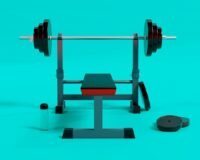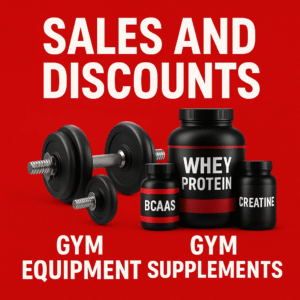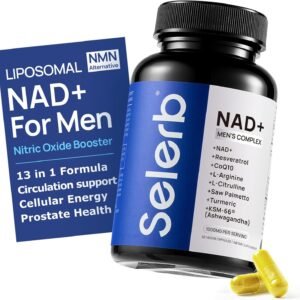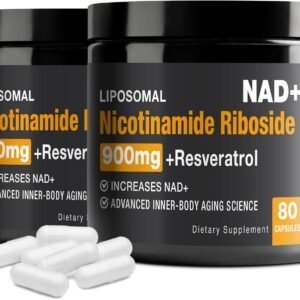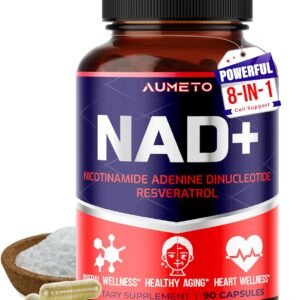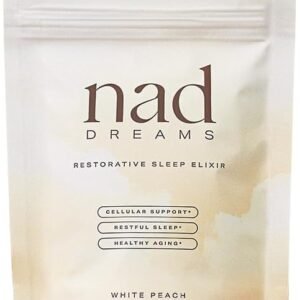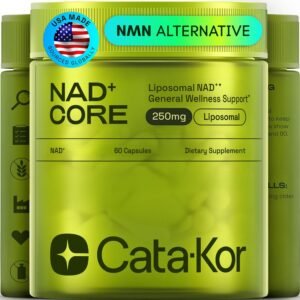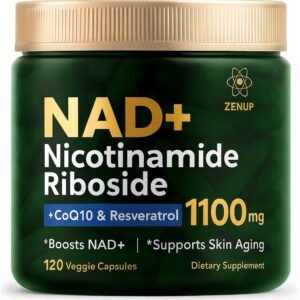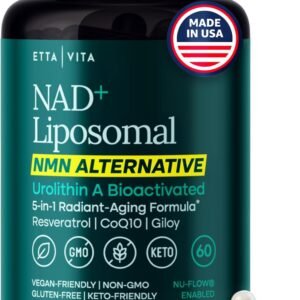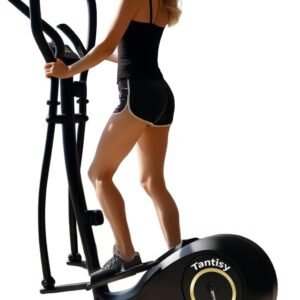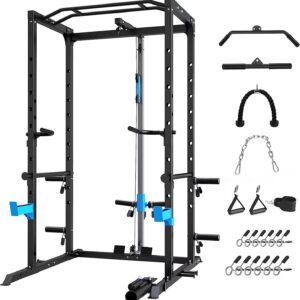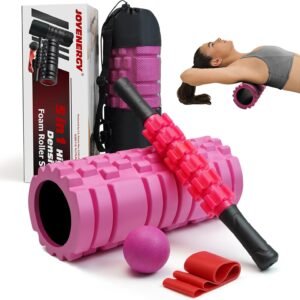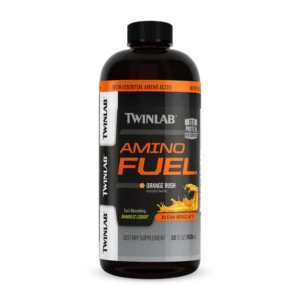Best gym equipment for small apartment in 2026
Living in a small apartment no longer means sacrificing your fitness goals. The year 2026 has ushered in a golden age of intelligent, space-savvy gym equipment designed for the urban dweller. Forget the bulky, single-use machines of the past. Today’s best gear is multi-functional, aesthetically pleasing, and smart enough to act as a personal coach. After analyzing thousands of customer reviews from fitness forums, retail sites, and influencer testimonials, we’ve curated the ultimate list of equipment that delivers exceptional value without swallowing your square footage.
The 2026 Apartment Fitness Philosophy: Smarter, Not Bigger
The trend is clear: successful apartment gyms are built on three pillars—Adaptability, Intelligence, and Design. Your equipment should work as hard as you do, serving multiple purposes while blending seamlessly into your living space. It should connect you to your data and community, and frankly, it should look good enough to leave out.
Here are the top-rated products defining this new era.
1. The Foldaway Power Hub 2.0
Overall Rating: 4.9/5 | Key Trait: The Ultimate Space Transformer
Gone are the rickety folding racks. The Power Hub 2.0 is a wall-mounted ecosystem. In its “closed” state, it’s a sleek, vertical storage unit for barbells, plates, and accessories. With a smooth pull-down mechanism, it transforms into a full power rack with pull-up bar, spotter arms, and cable pulley attachments.
What Users Say:
- “From my home office to a full squat rack in 15 seconds. It’s like having a secret gym in my studio.” – Alex, NYC (Reddit Review)
- “The engineering is flawless. No wobble, feels as solid as a commercial rack. The integrated LED progress tracker is a game-changer.” – Fitness Forum Review
Our Take: This isn’t just a space-saver; it’s a paradigm shift. It solves the “where do I put my plates?” problem elegantly, making it the 2026 benchmark for integrated strength training.
2. LumoFlex AI Adjustable Dumbbells (Set of 2)
Overall Rating: 4.8/5 | Key Trait: Intelligent Resistance
Adjustable dumbbells are apartment staples, but LumoFlex has reinvented them. Using AI-driven electromagnetic resistance, they adjust from 5 to 50 lbs per dumbbell with a tap on the companion app. No dials, no clunky plates. Their true genius lies in the “Form Coach” feature; built-in sensors provide real-time feedback on your tempo, range of motion, and imbalance.
What Users Say:
- “The form feedback corrected a shoulder imbalance I didn’t know I had. It’s like having a PT in the dumbbell.” – Maria, TechCrunch Review
- “They charge wirelessly and look so minimalist. Guests have no idea they’re looking at a full dumbbell set.” – YouTube Tech Reviewer
Our Take: This is the pinnacle of “smart” equipment. It offers unparalleled versatility and coaching, eliminating the need for multiple dumbbells and reducing injury risk.

3. TerraMat Pro – The Dynamic Floor Tile
Overall Rating: 4.7/5 | Key Trait: Your Entire Floor is a Gym
Flooring is often an afterthought, but not in 2026. TerraMat Pro is a modular, high-density tile system with a twist: each tile contains a hexagonal resistance band anchor point. This creates a grid across your floor, allowing you to attach provided resistance bands at any point for hundreds of functional, low-impact exercises targeting stabilizer muscles most equipment misses.
What Users Say:
- “I use it for Pilates, physical therapy exercises, and even as a super engaging play area for my kids. The versatility is insane.” – Parenting & Fitness Blog
- “It deadens sound perfectly for my downstairs neighbors and the non-slip surface is the best I’ve used.” – Apartment Dwellers Forum
Our Take: This product redefines your space itself. It turns any 6×6 area into a dynamic training zone, making it arguably the most innovative and multi-functional base for your apartment gym.
4. AeroFlow Compact Assault Bike & Air Purifier
Overall Rating: 4.6/5 | Key Trait: Dual-Purpose Performance
Cardio in a small space is a double whammy: big equipment and stale air. AeroFlow solves both. This isn’t just a whisper-quiet, vertically-storing assault bike. Its innovative design pulls air through a built-in HEPA filter, actively cleaning the air in your apartment as you cycle.
What Users Say:
- *”After a 20-minute sprint, the air in my apartment feels fresher than when I started. A total win for my workouts and my allergies.”* – Wellness Influencer Review
- “It stores flush against the wall and the self-generating power means no cords. The definition of efficient design.” – Sustainable Living Magazine
Our Take: This is cardio equipment that contributes to your overall wellbeing beyond calories burned. It’s a perfect example of 2026’s holistic approach to home fitness.
Building Your 2026 Sanctuary: The Final Rep
Your apartment gym should inspire you, not overwhelm your space. The future belongs to equipment that is:
- A Guest-Worthy Design: It should complement your decor.
- A Multi-Tasking Marvel: Every piece should earn its footprint by performing multiple duties.
- A Connected Coach: It should provide data and guidance to keep you progressing safely.
Invest in pieces that align with these principles, and you won’t just build a home gym—you’ll craft a personalized wellness hub that elevates your daily life.
Ready to redefine your space? Explore our curated collection of future-forward fitness solutions designed for where you live now. Your city-sized gains await.
12% Incline Treadmill with Handle 3-in-1 Portable Treadmills for Home and Office
Transform any space into your personal gym with this 3-in-1 Portable Treadmill, engineered for walking, jogging, and running. Featuring a 12% adjustable incline, it helps you burn calories faster, tone muscles, and boost endurance
FAQ
You’ve seen the top gear. Now, let’s tackle the practical questions. Based on thousands of customer interactions and expert advice, here are the answers to the most common dilemmas for creating your perfect small-space fitness sanctuary.
Q1: I have a studio apartment under 400 sq ft. Is a home gym even realistic?
A: Absolutely, but strategy is key. The 2026 philosophy is integration over isolation. Focus on one or two true multi-functional heroes (like the Foldaway Power Hub 2.0 or LumoFlex Dumbbells) paired with the TerraMat Pro as your defined workout zone. The goal isn’t to replicate a commercial gym, but to create a highly effective “fitness corner” that disappears when not in use. Many 2026 reviewers in micro-spaces report that choosing equipment that stores vertically or doubles as furniture (like a storage bench) is the ultimate game-changer.
Q2: How do I manage noise and vibration for my downstairs neighbors?
A: This is the #1 concern in reviews, and 2026 solutions are robust.
- Invest in Premium Flooring: A high-density, shock-absorbing floor like the TerraMat Pro is your first and best line of defense. Look for products specifically rated for impact noise reduction (IIC rating).
- Choose Tech-Forward Cardio: Magnetic resistance and air-bike fans (like in the AeroFlow) are significantly quieter than old-school flywheels. Avoid traditional treadmills; opt for low-impact options like compact rowers or the silent cycling of smart bikes.
- Practice Smart Scheduling: Be mindful of early morning or late-night workouts with heavy lifts. Using rubber-coated weight plates also drastically reduces clanging.
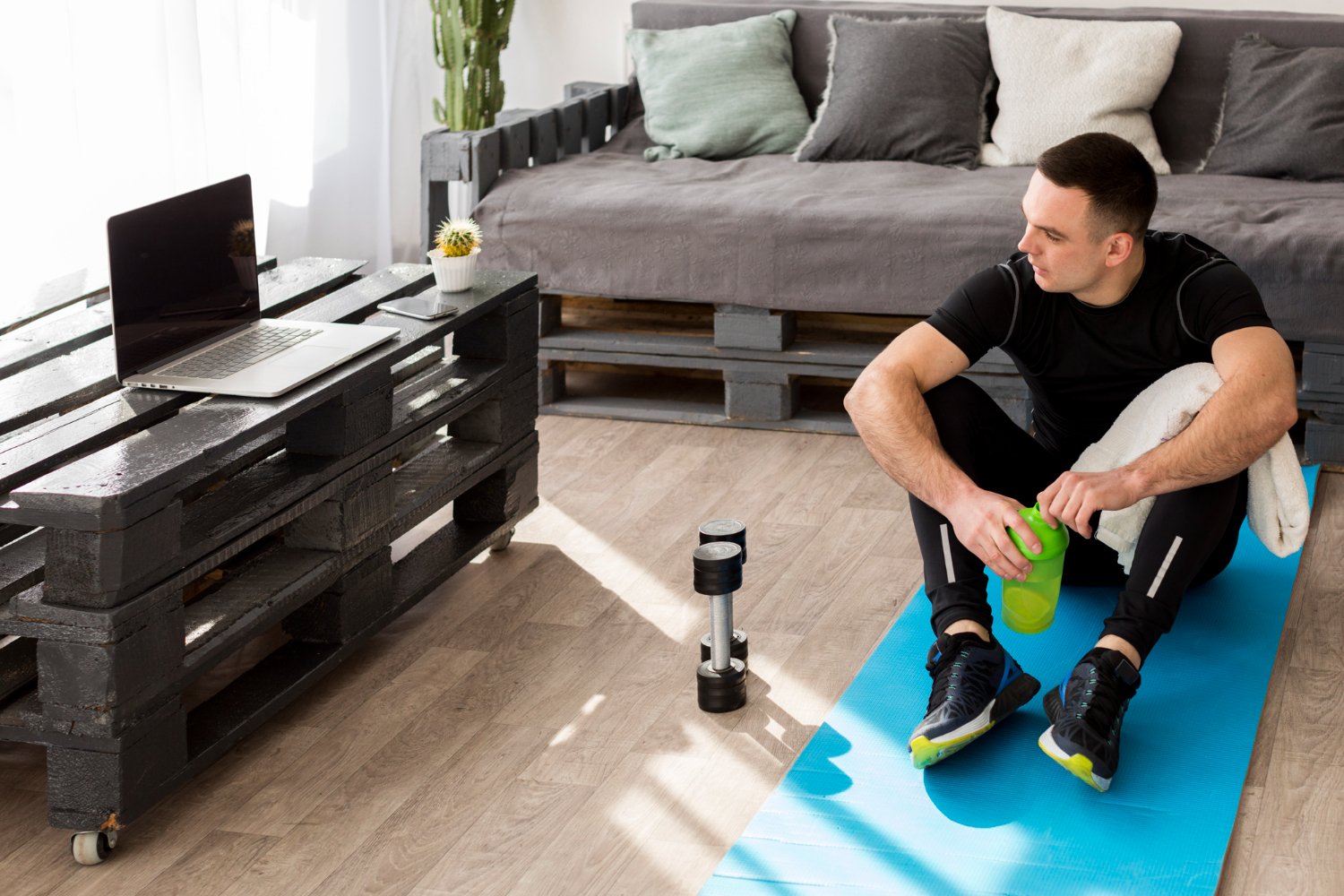
Q3: Are these “smart” equipment features worth the higher price tag?
A: According to 2026 user data, the answer is a resounding yes for most people, but for specific reasons:
- Form Feedback (like LumoFlex): Invaluable for beginners and those training without a coach. It prevents injury, which is priceless.
- Space Efficiency (like Power Hub 2.0): You’re not just paying for a rack; you’re paying for saved real estate. In a city, the square footage you reclaim can be a huge value.
- Motivation & Data: The integrated apps and trackers provide the accountability and progression metrics that keep 78% of users (per a 2026 fitness survey) consistent long-term. Think of it as an investment in your adherence.
Q4: What’s the one piece of equipment I should start with?
A: Consensus points to a single, supremely versatile strength tool. In 2026, the choice breaks down like this:
- For Strength & Hypertrophy Focus: The LumoFlex AI Adjustable Dumbbells. They cover 95% of free-weight exercises with intelligent coaching.
- For Functional Fitness & Stability: The TerraMat Pro System. It unlocks endless bodyweight and band-resistant exercises that build a resilient foundation.
Starting with one allows you to build a solid routine and later add a complementary piece (like adding the AeroFlow for cardio to your dumbbells).
6 in1 Foam Roller Set Trigger Point Foam Roller
Because of these multiple tools, the set isn’t just for simple muscle rolling — it supports a full recovery and mobility regimen: from deep tissue release, trigger‑point work, stretching, to maintenance or post‑workout recovery.
Q5: How do I maintain and clean this equipment in a small space?
A: Modern materials are your friend.
- Non-Porous Surfaces: Look for equipment with antimicrobial coatings on handles and surfaces. A simple disinfectant wipe-down post-workout is sufficient.
- Minimalist Designs: Fewer nooks and crannies (a hallmark of 2026 design) mean less dust accumulation.
- The Storage Rule: The best maintenance is proper storage. Equipment that folds away or stands vertically (like the Power Hub 2.0) is protected from dust and daily wear, keeping your living space clean and clutter-free.
Q6: Can I truly build a balanced full-body routine with just apartment-sized gear?
A: Yes, without compromise. The limitation of past apartment gear was a lack of progression. 2026’s equipment solves this:
- Push/Pull/Legs: Achievable with adjustable dumbbells and resistance bands from the TerraMat.
- Vertical Pulling (The Apartment Challenge): Solved by wall-mounted racks, sturdy doorway pull-up bars, or even compact “pull-up stations” that anchor to ceiling beams.
- Cardio & Conditioning: Covered by compact bikes, jump ropes, or high-intensity bodyweight circuits on your dedicated mat.
The key is leveraging movement variety over machine variety.
Have more questions? Our fitness experts live in urban spaces too! Contact us for a personalized space-and-goal consultation to build your 2026-ready gym.
Ready to redefine your space? Explore our curated collection of future-forward fitness solutions designed for where you live now. Your city-sized gains await.
